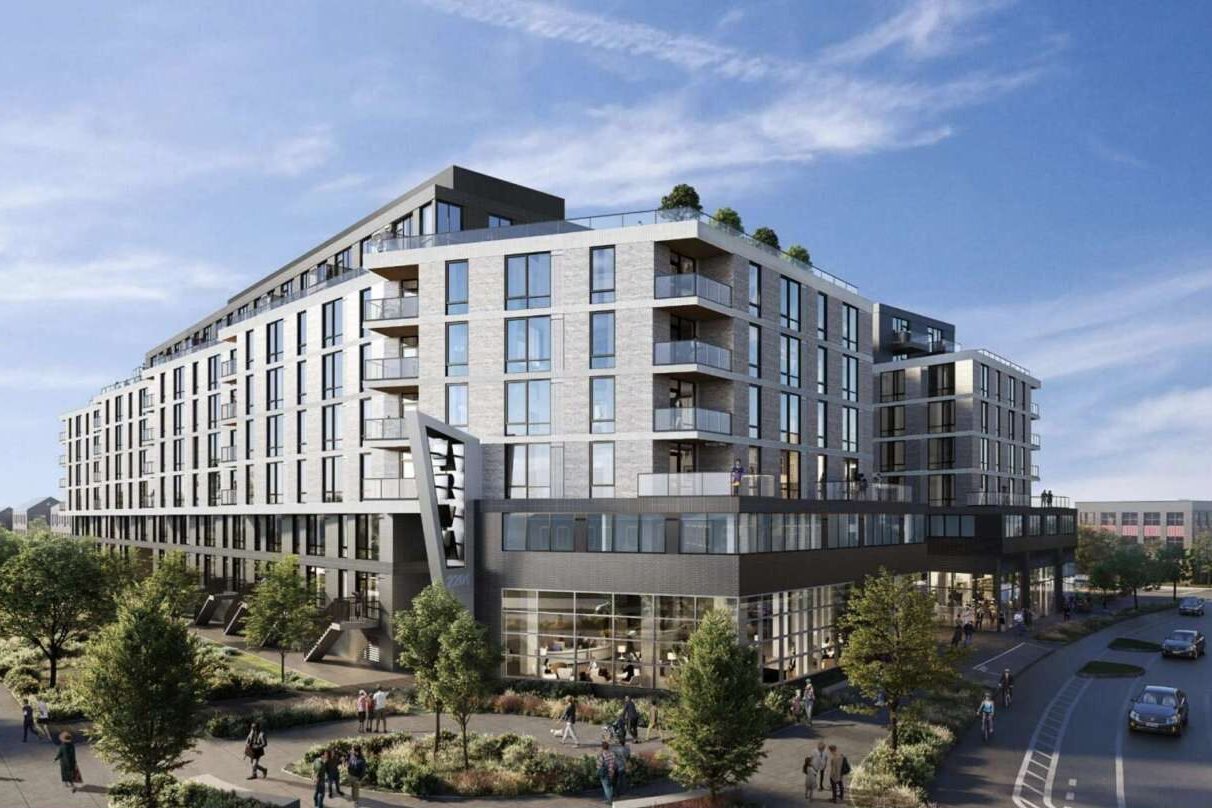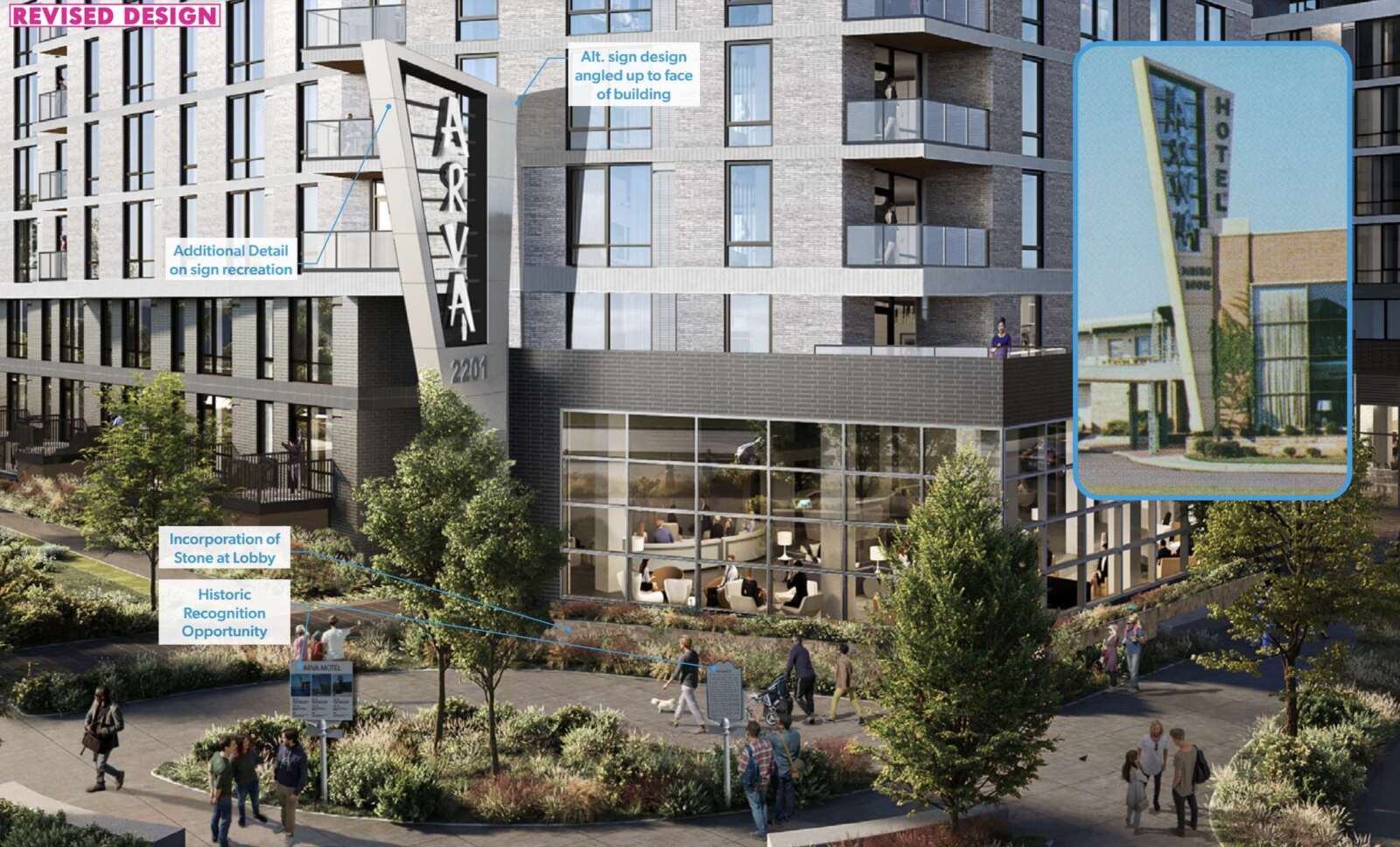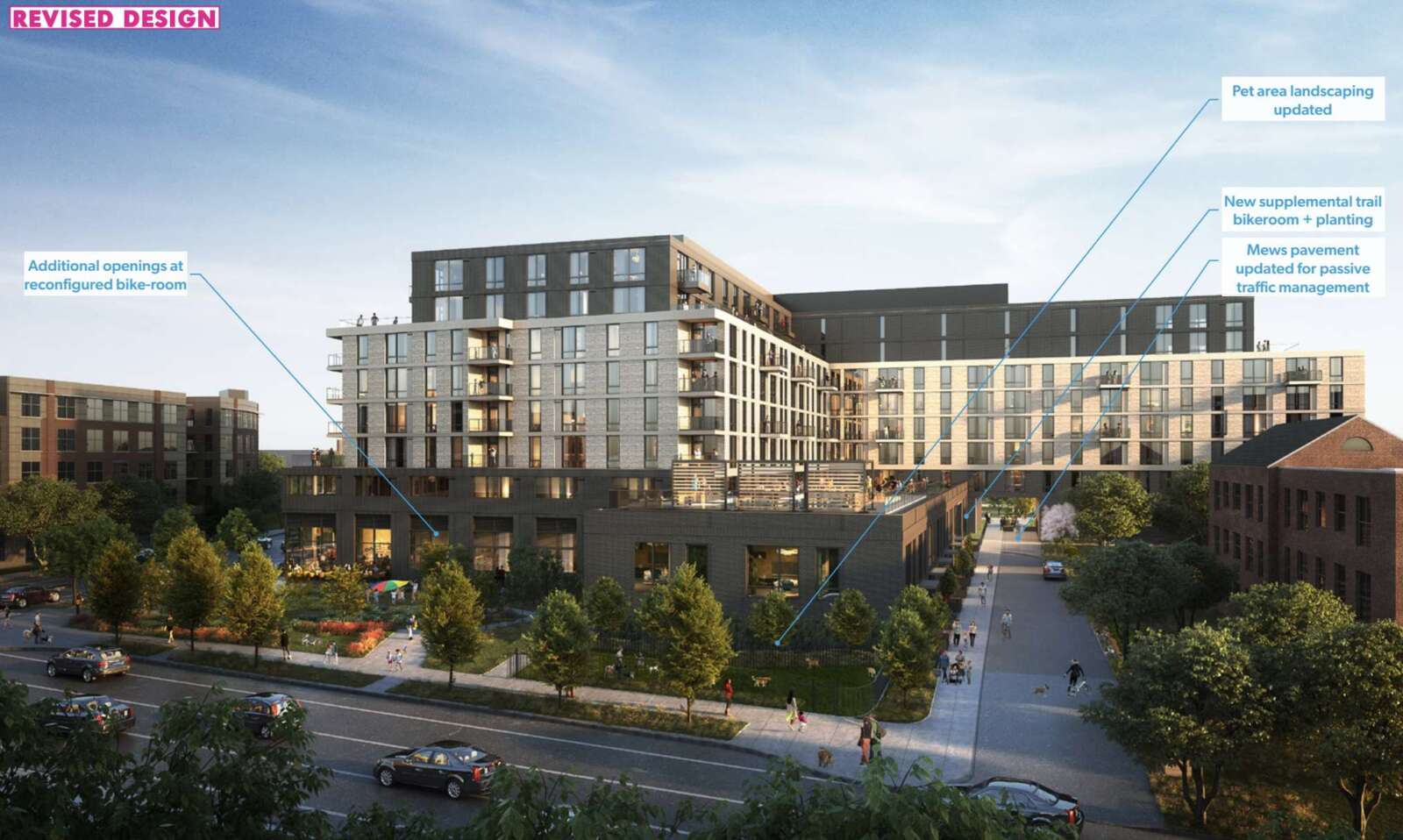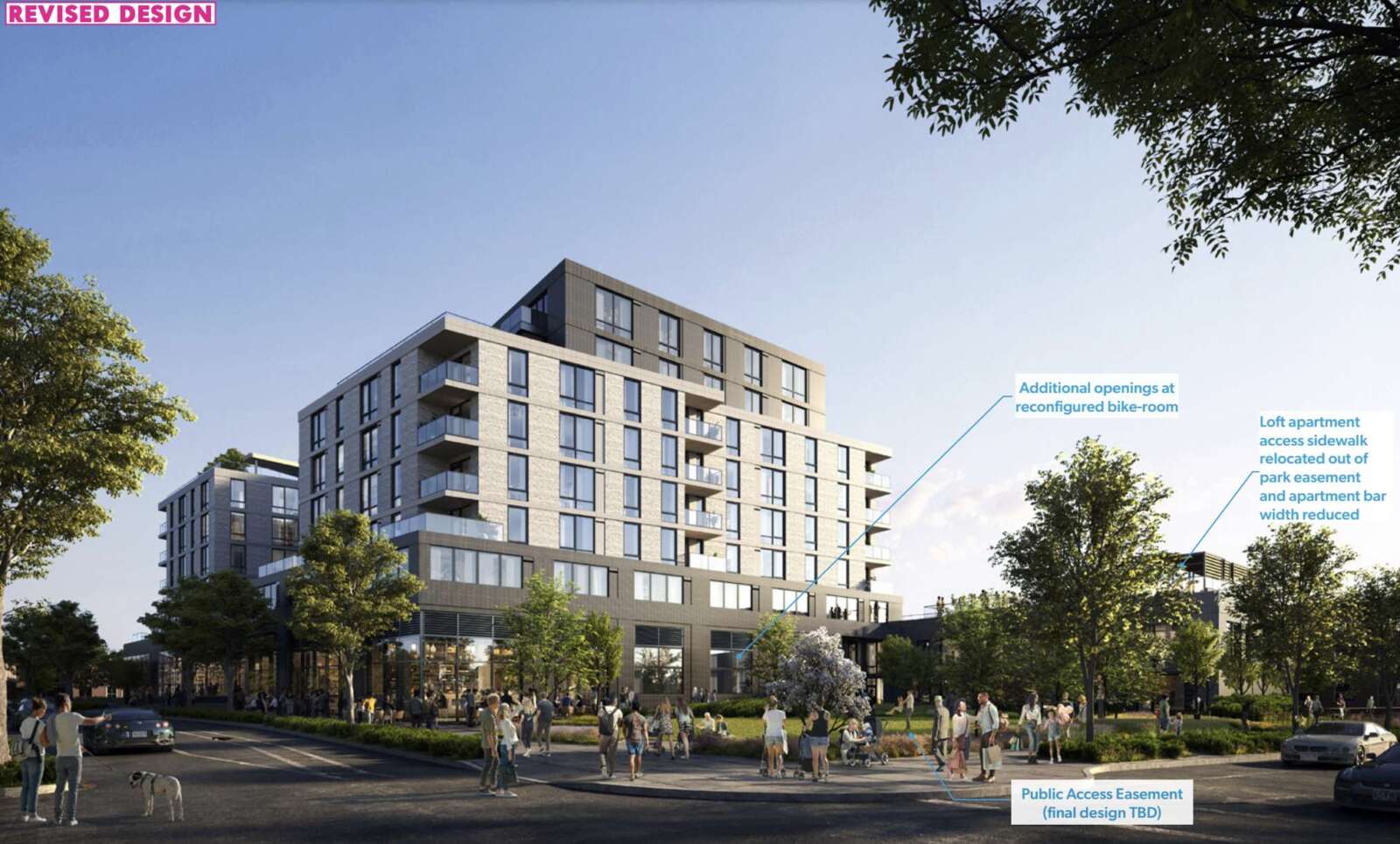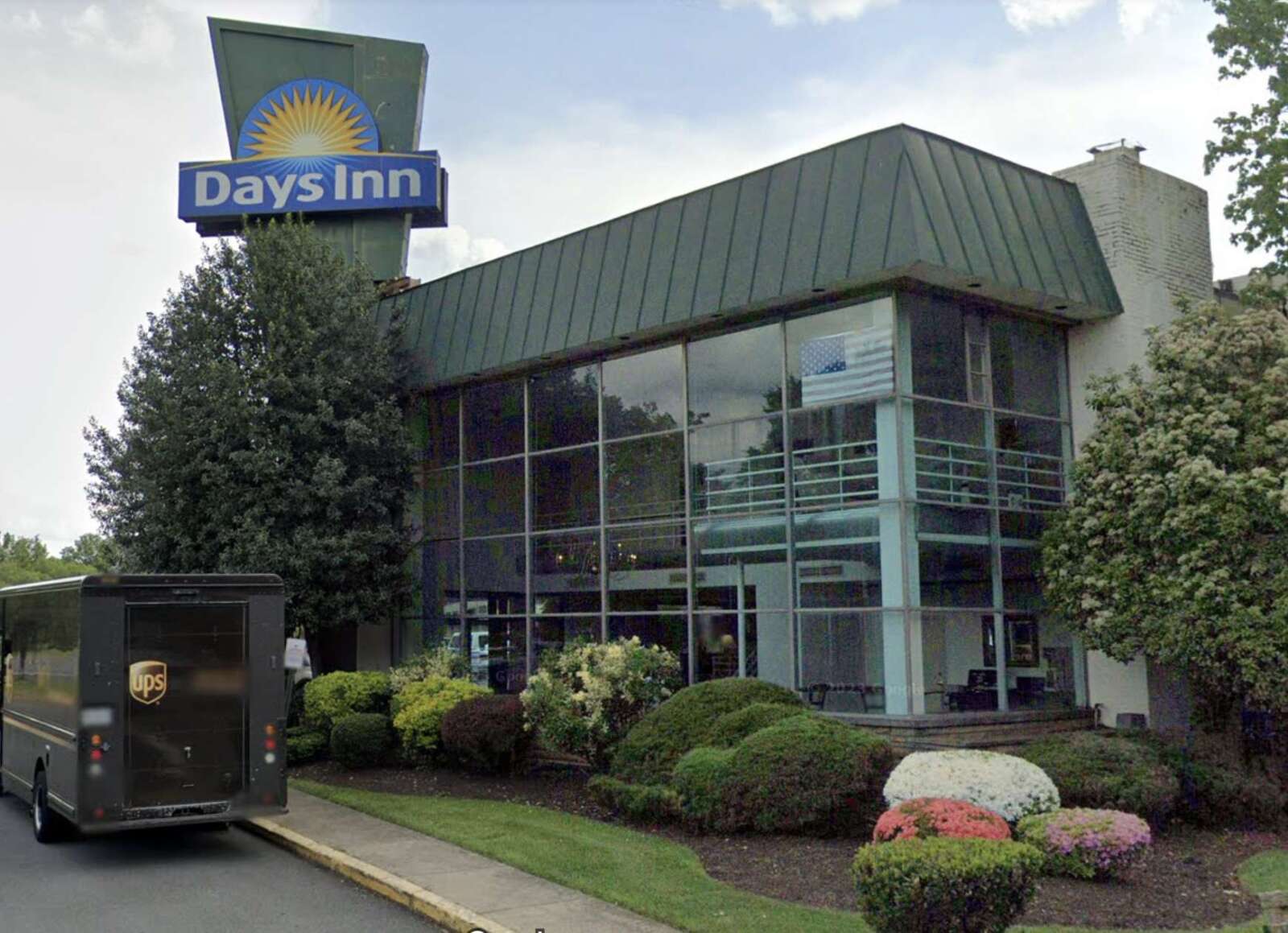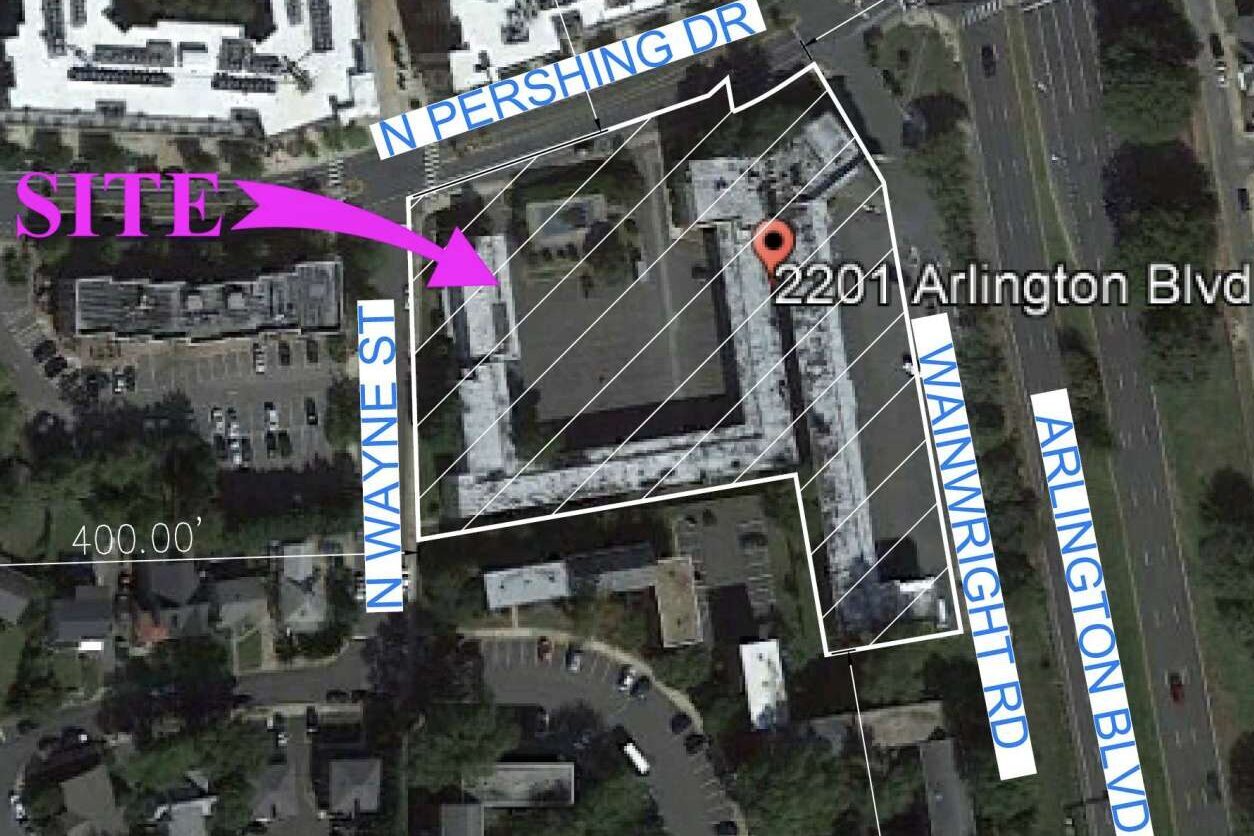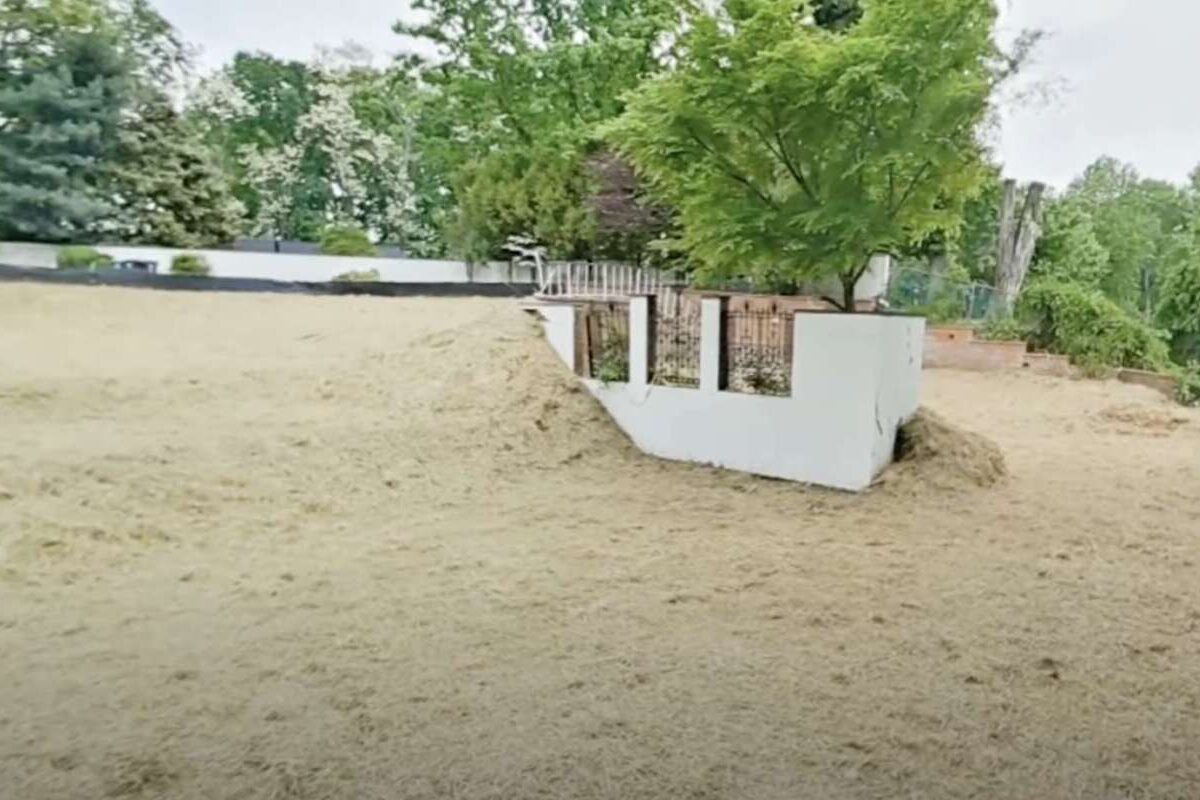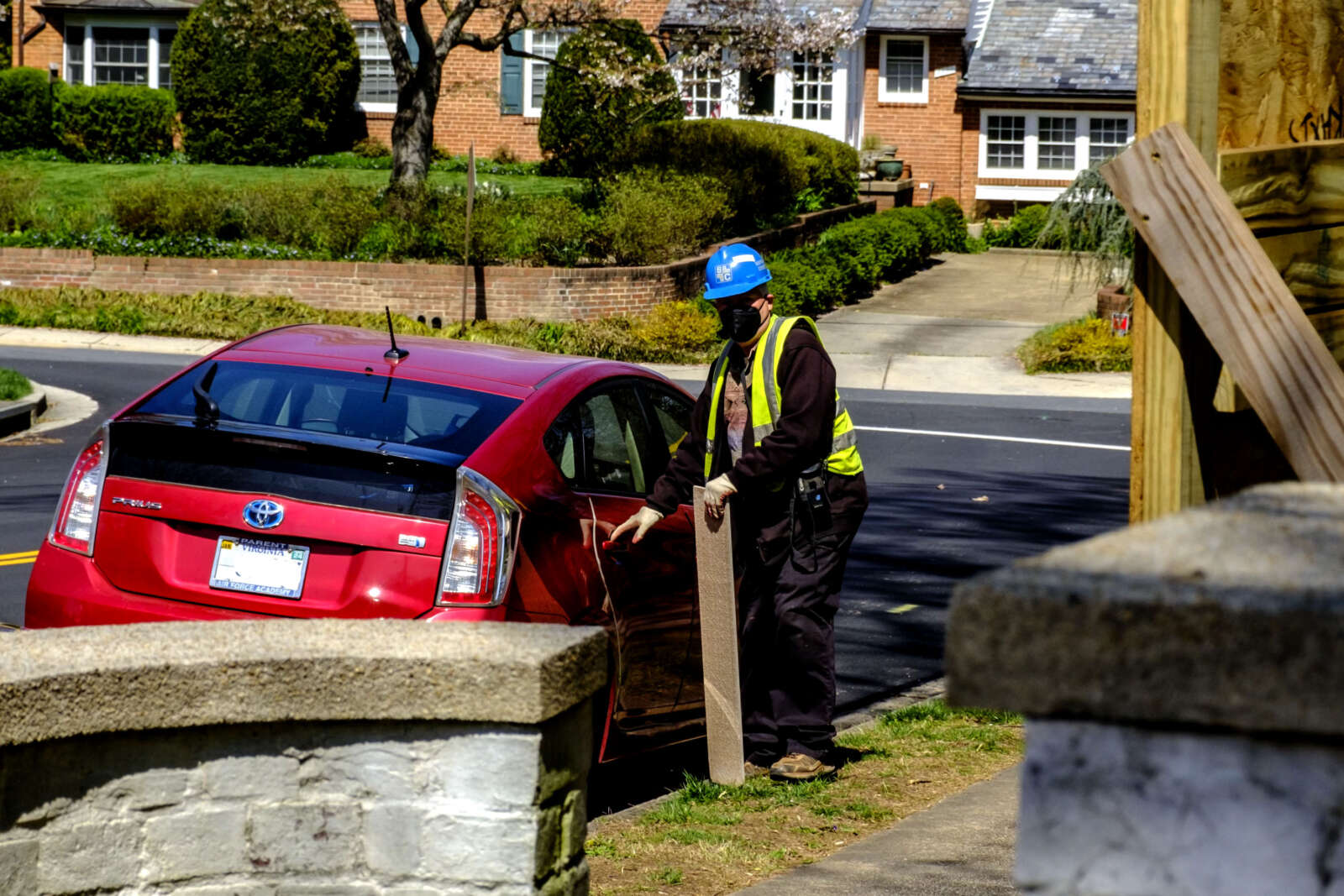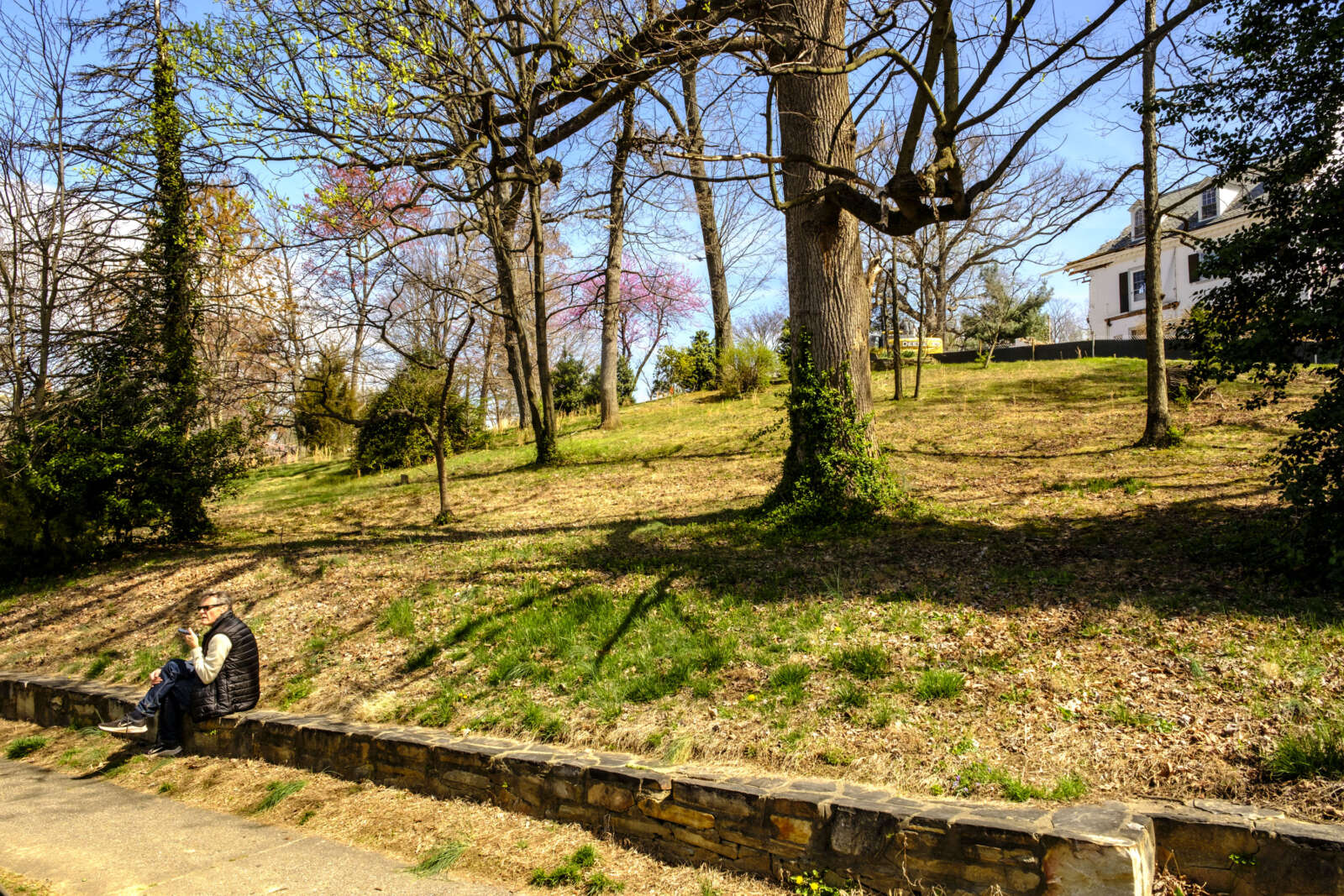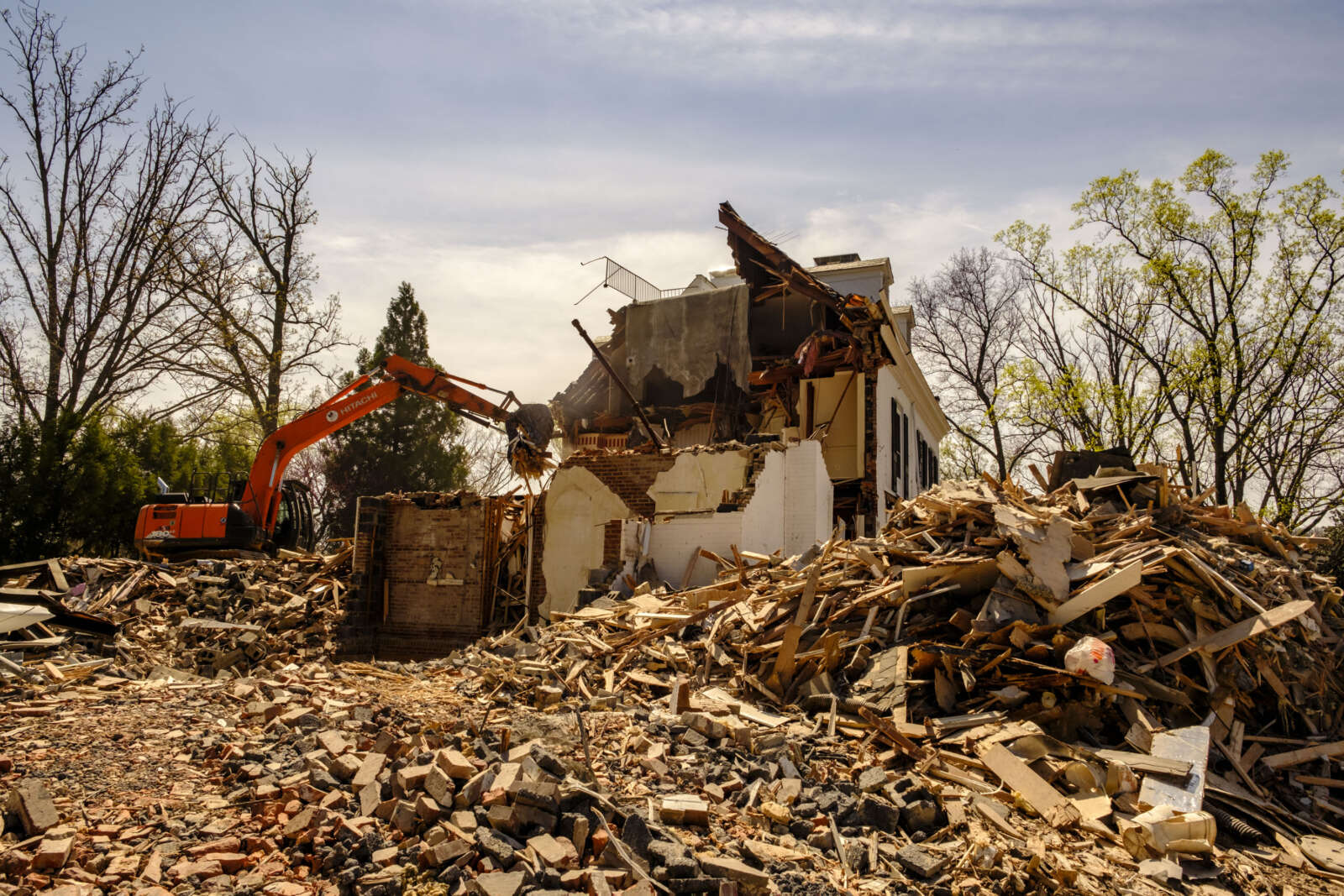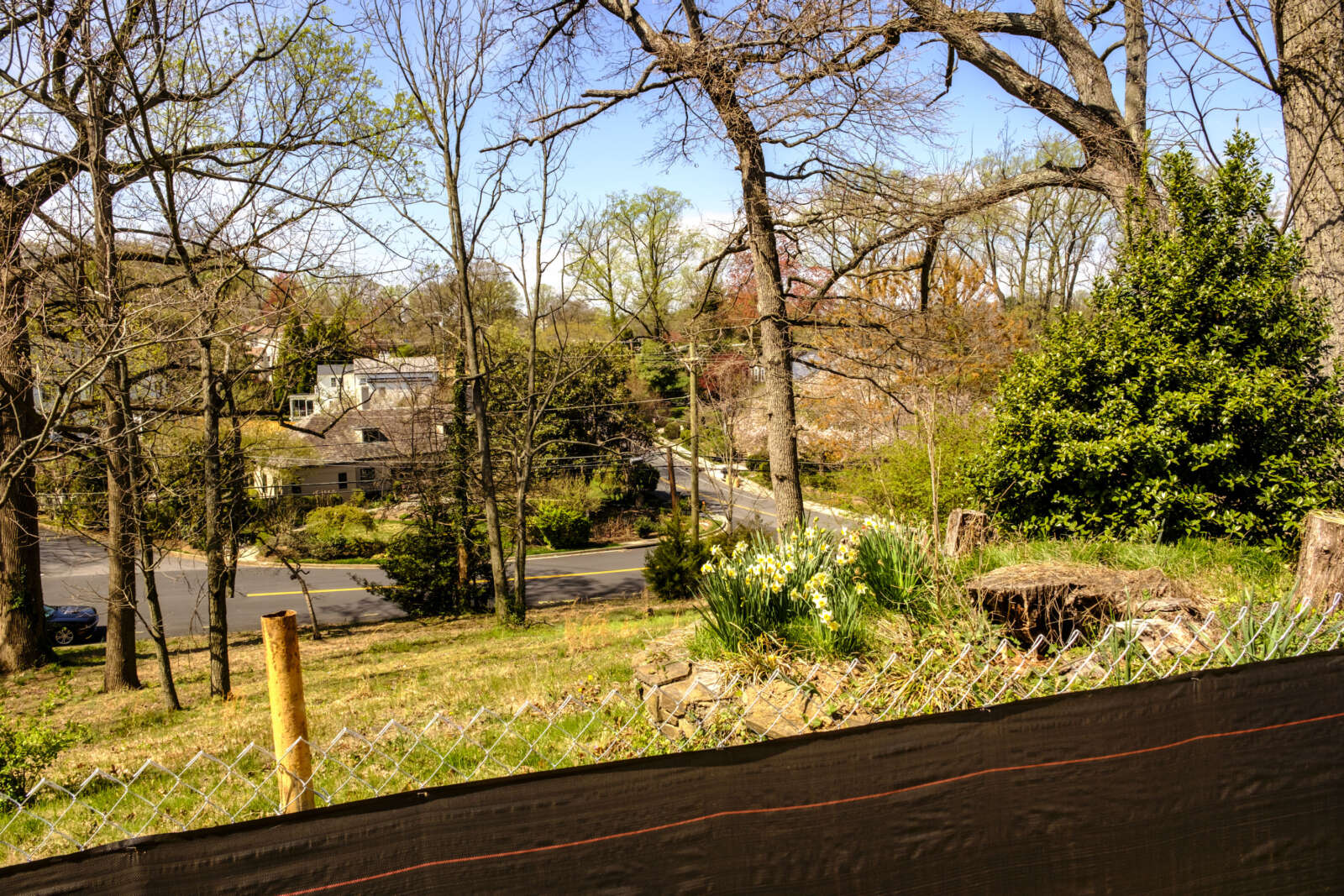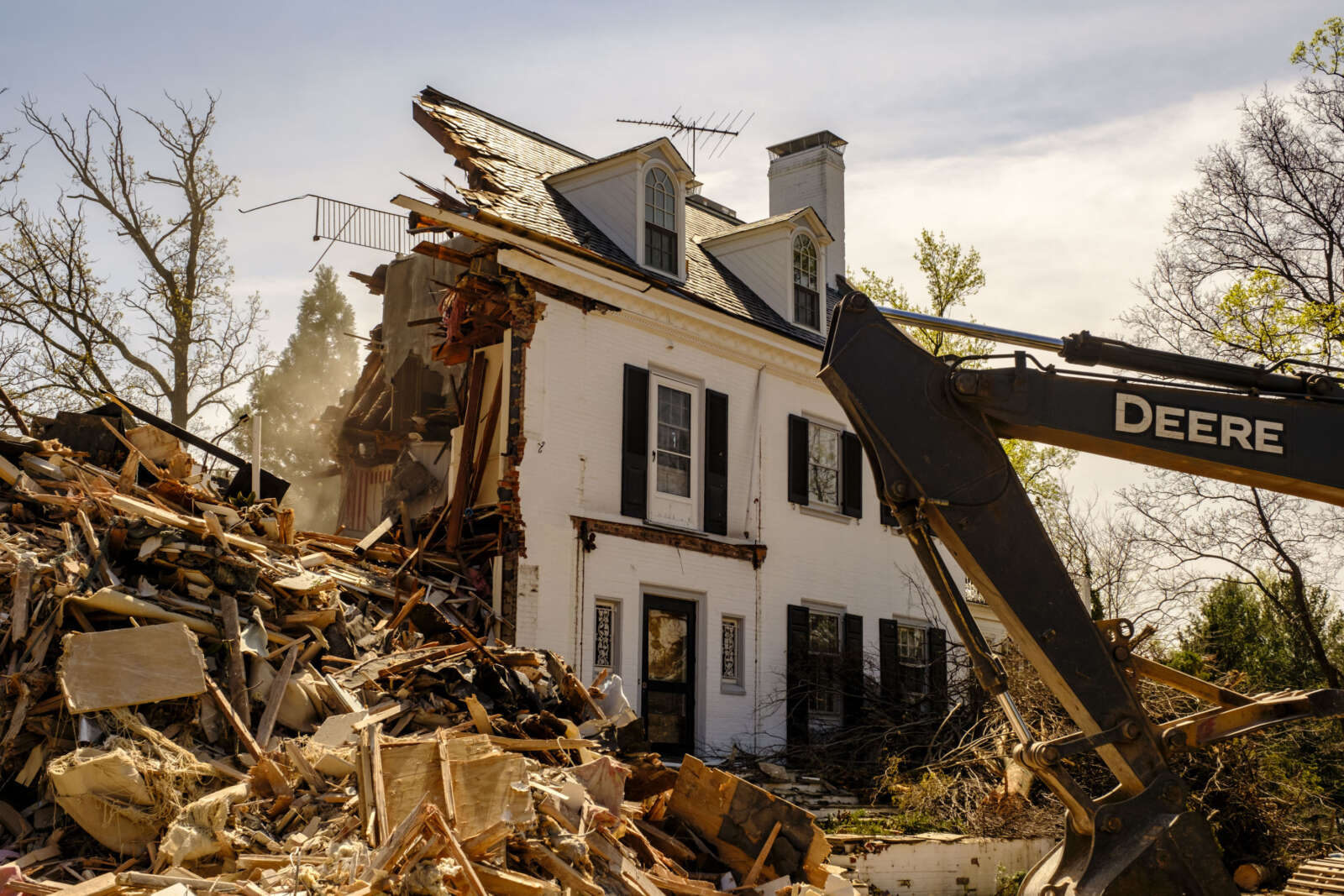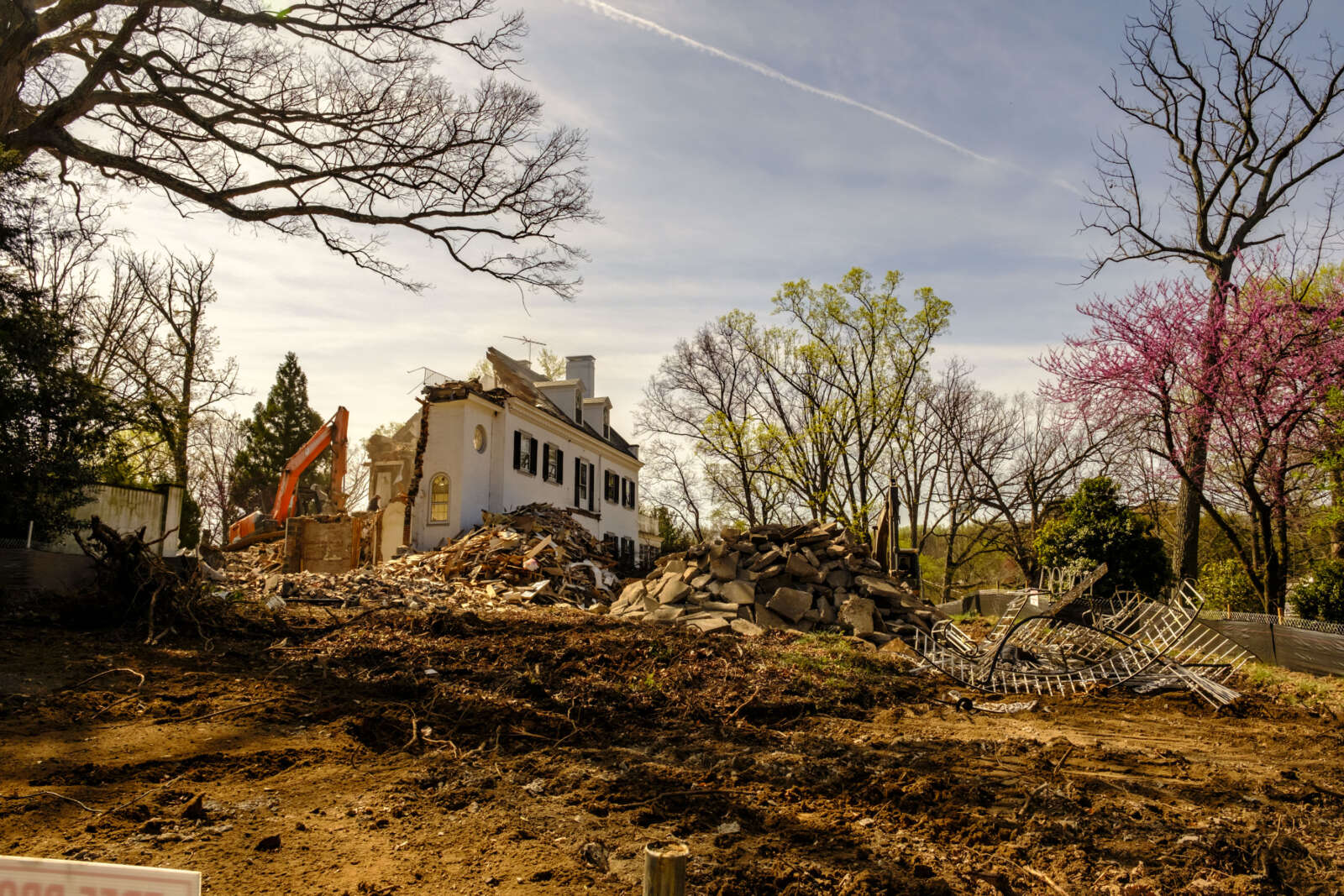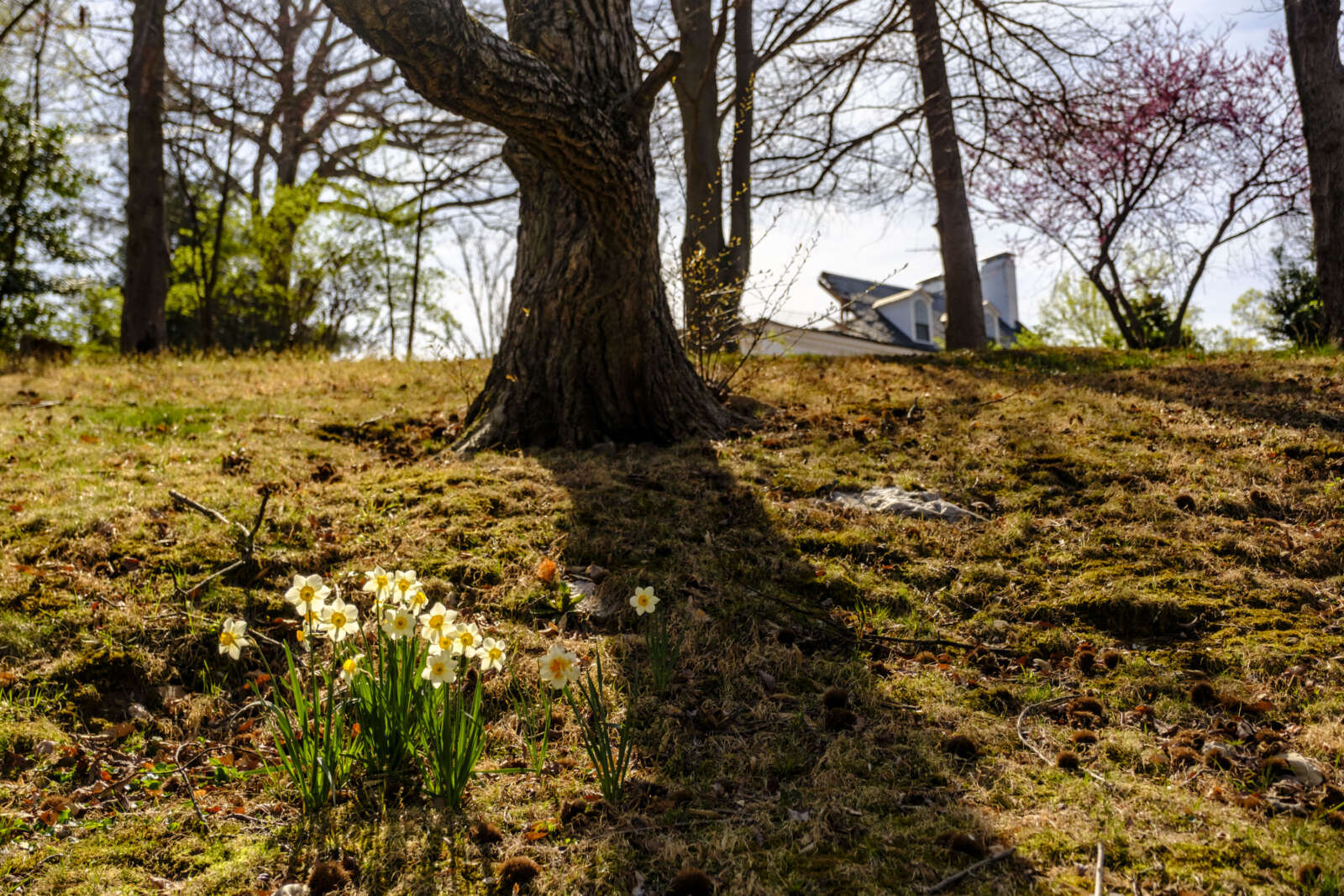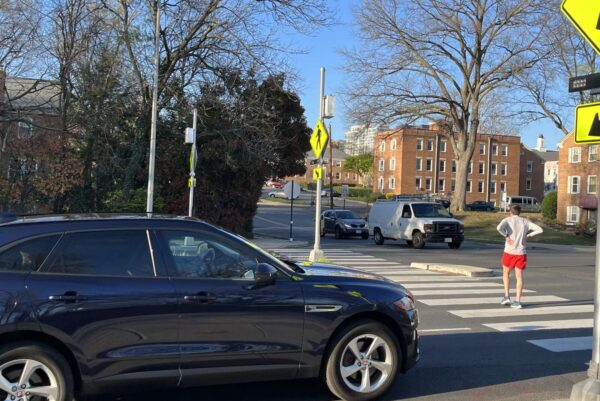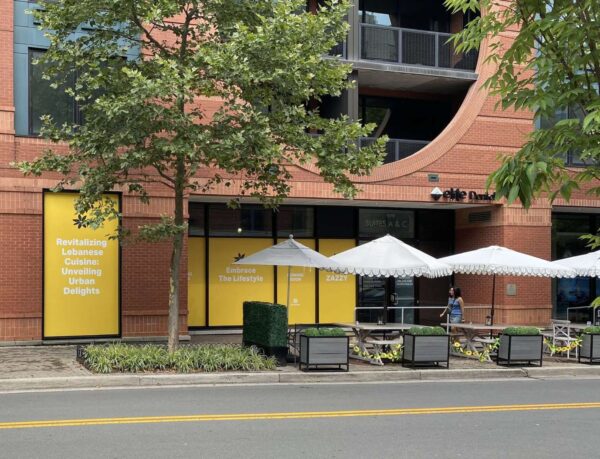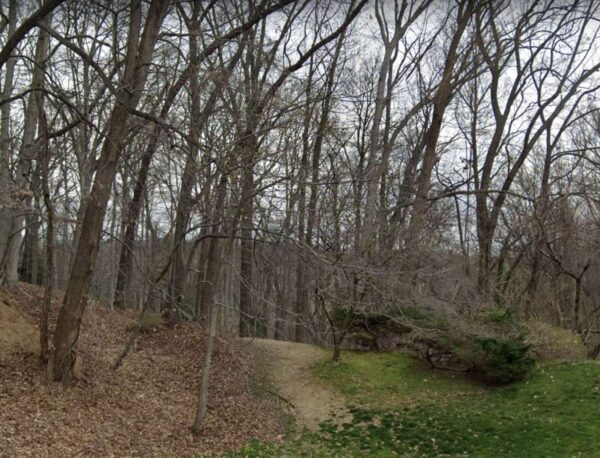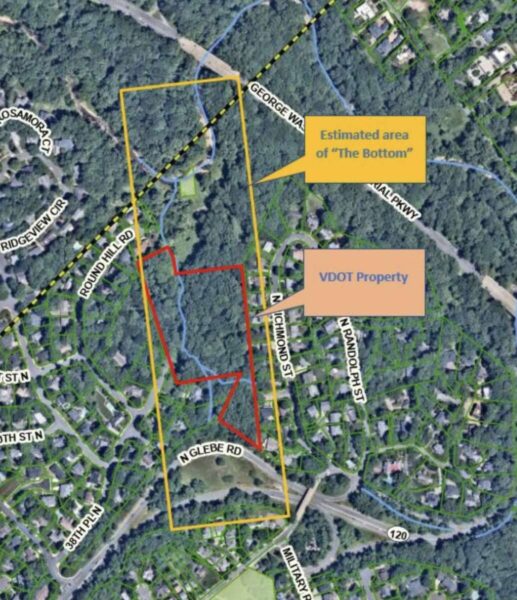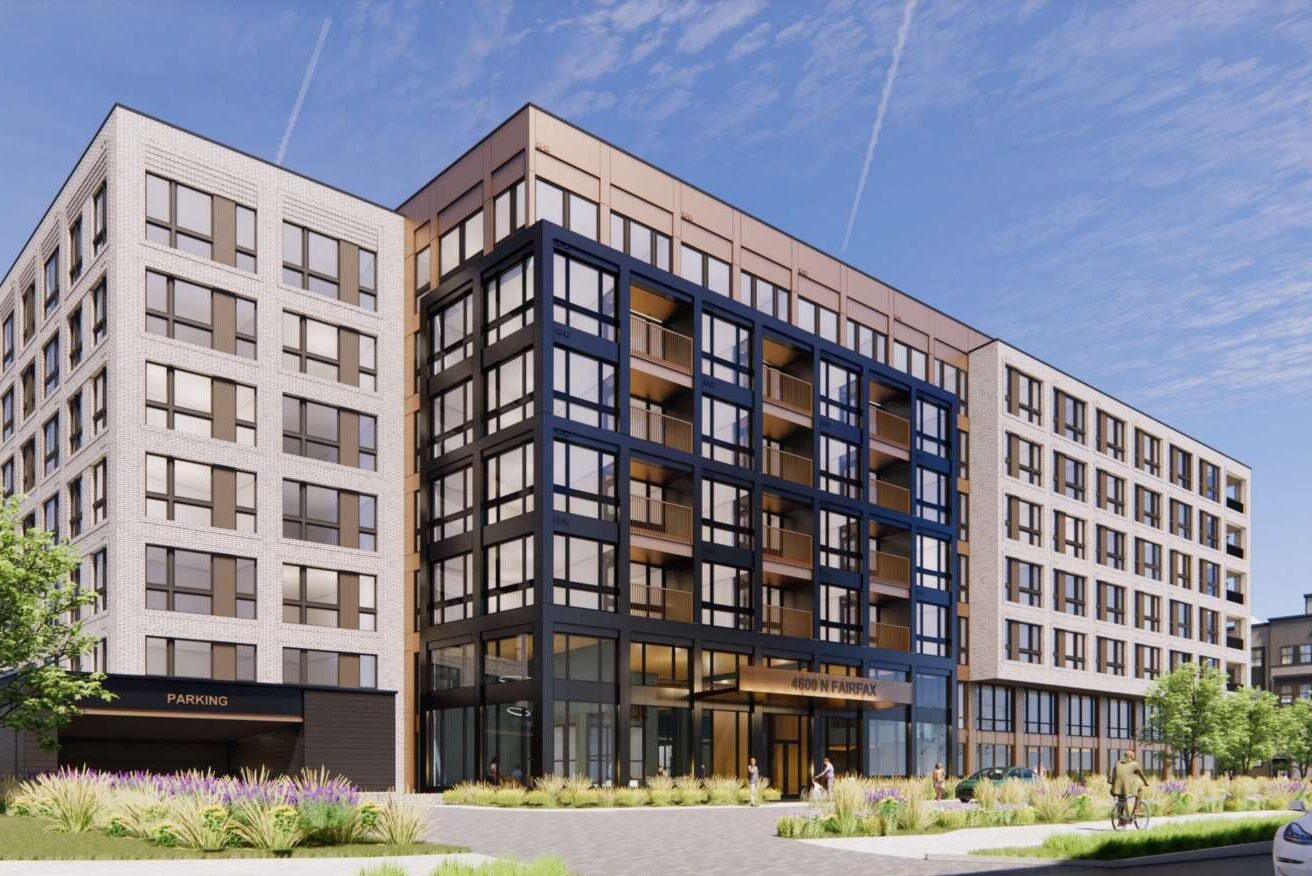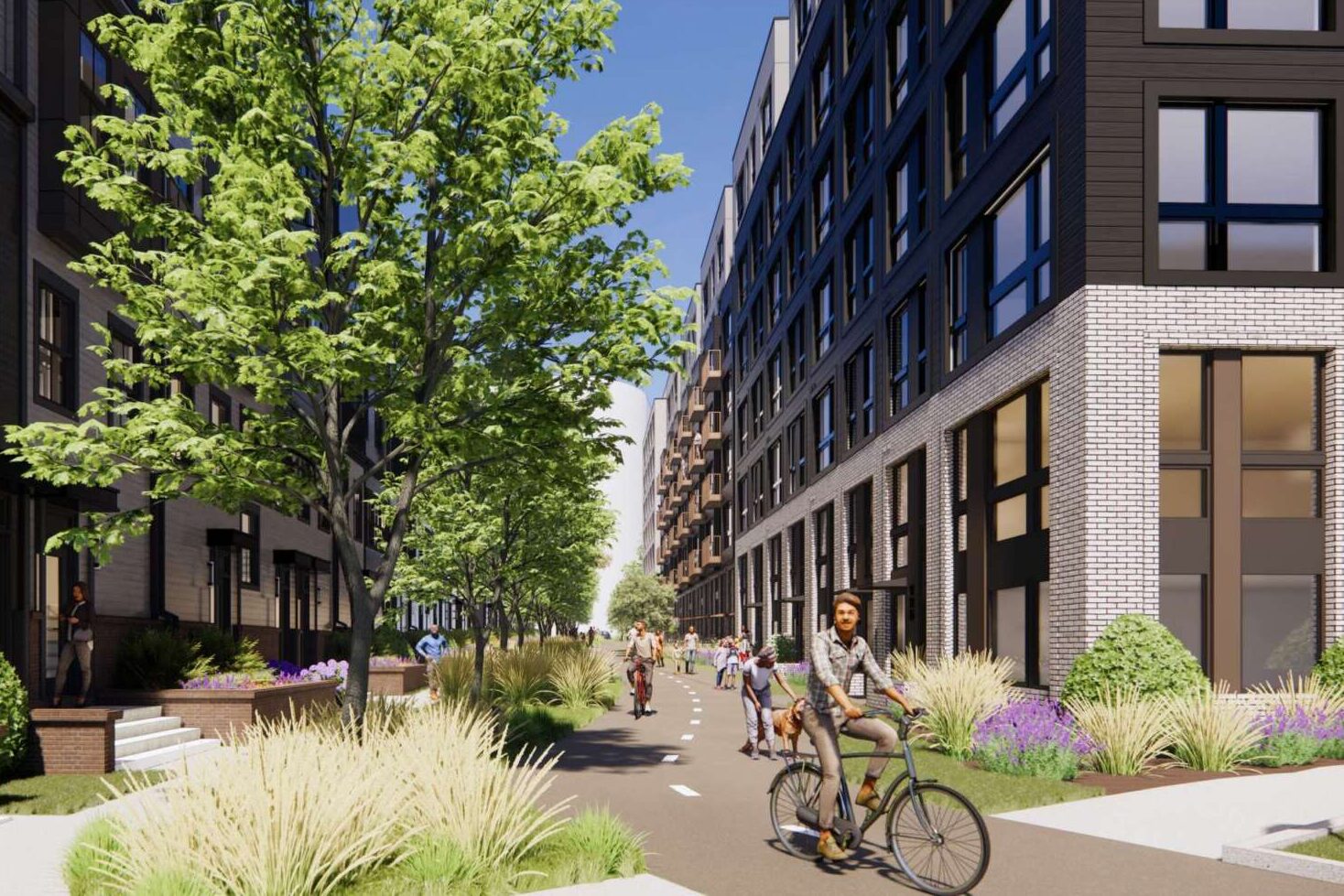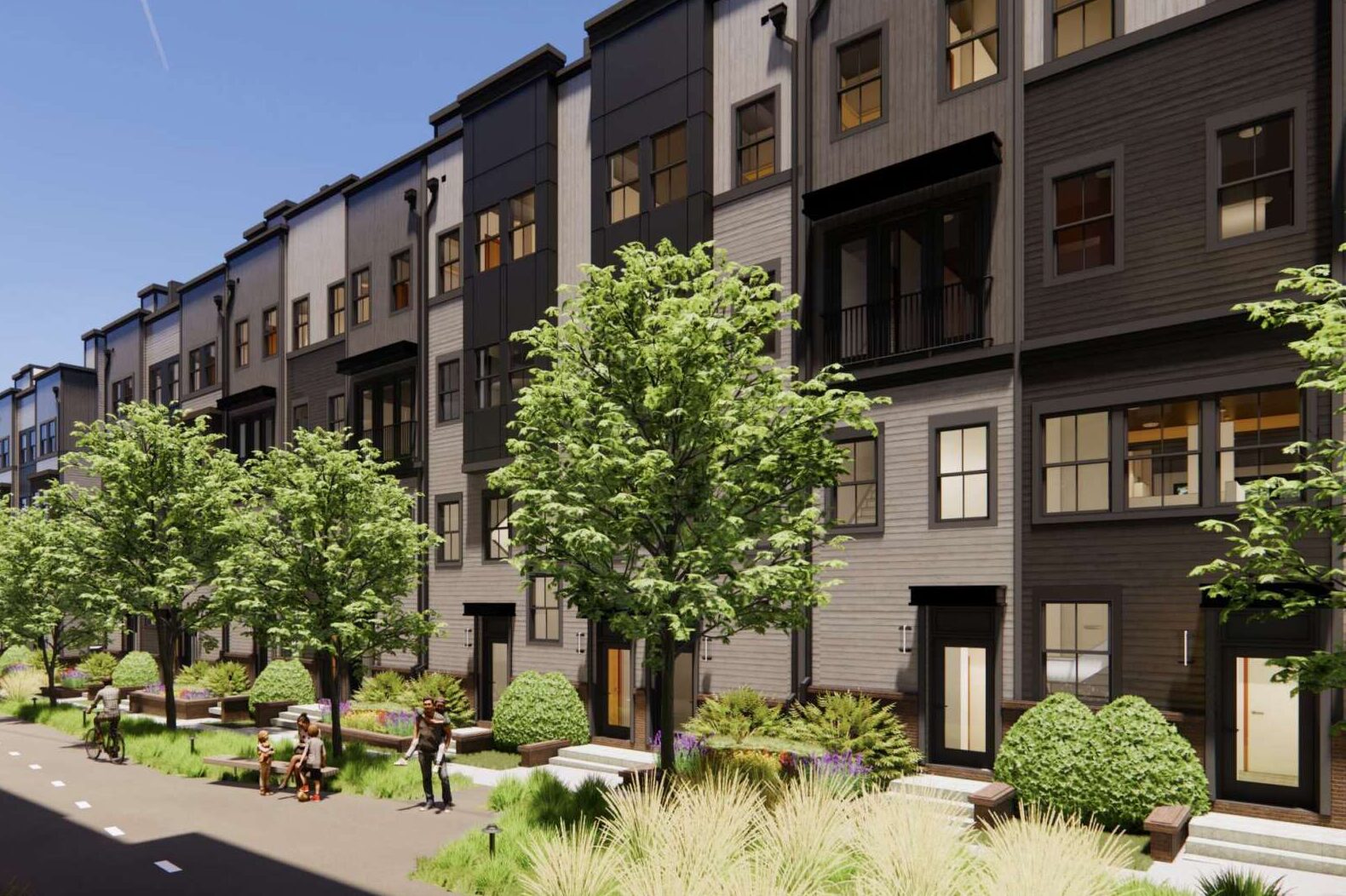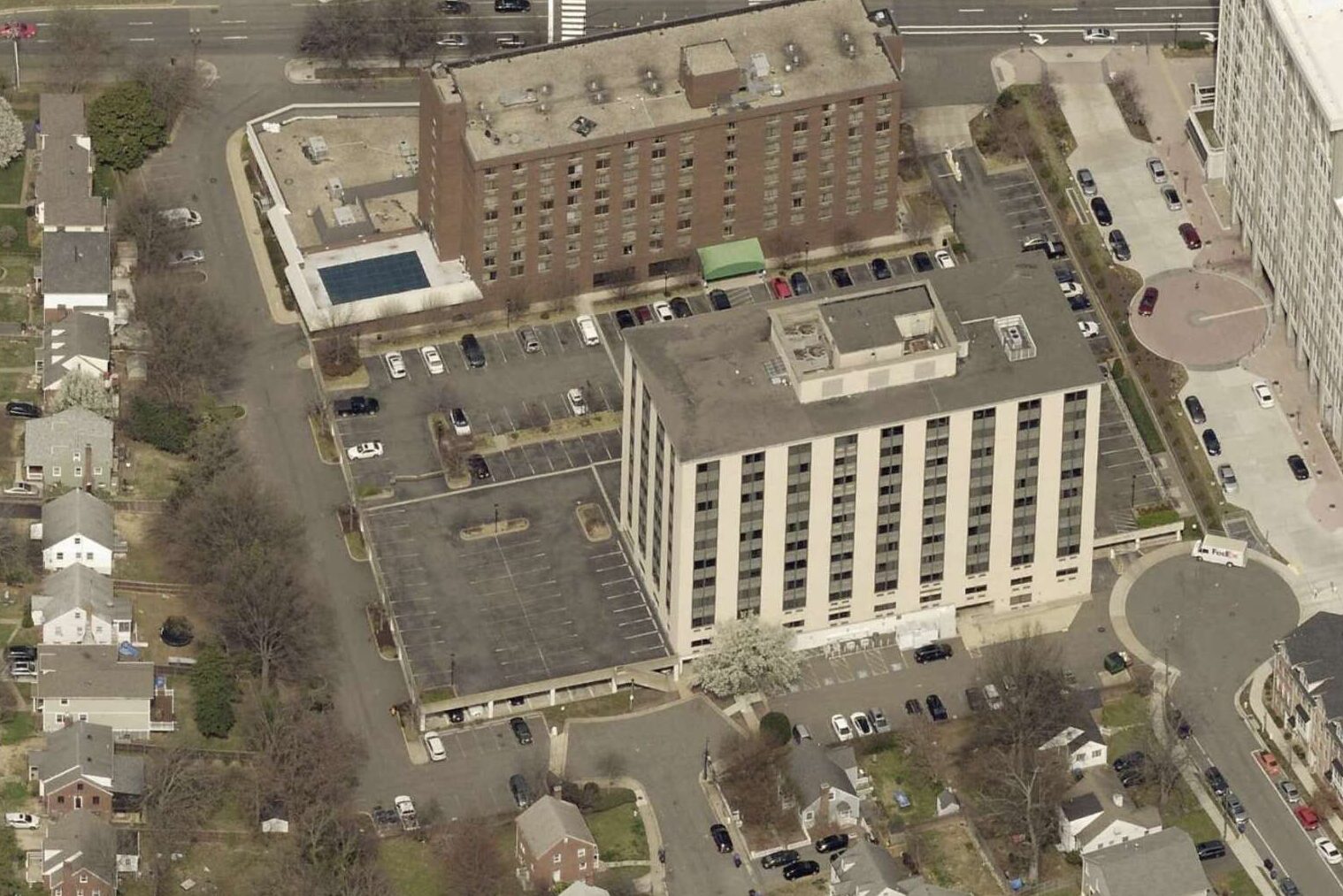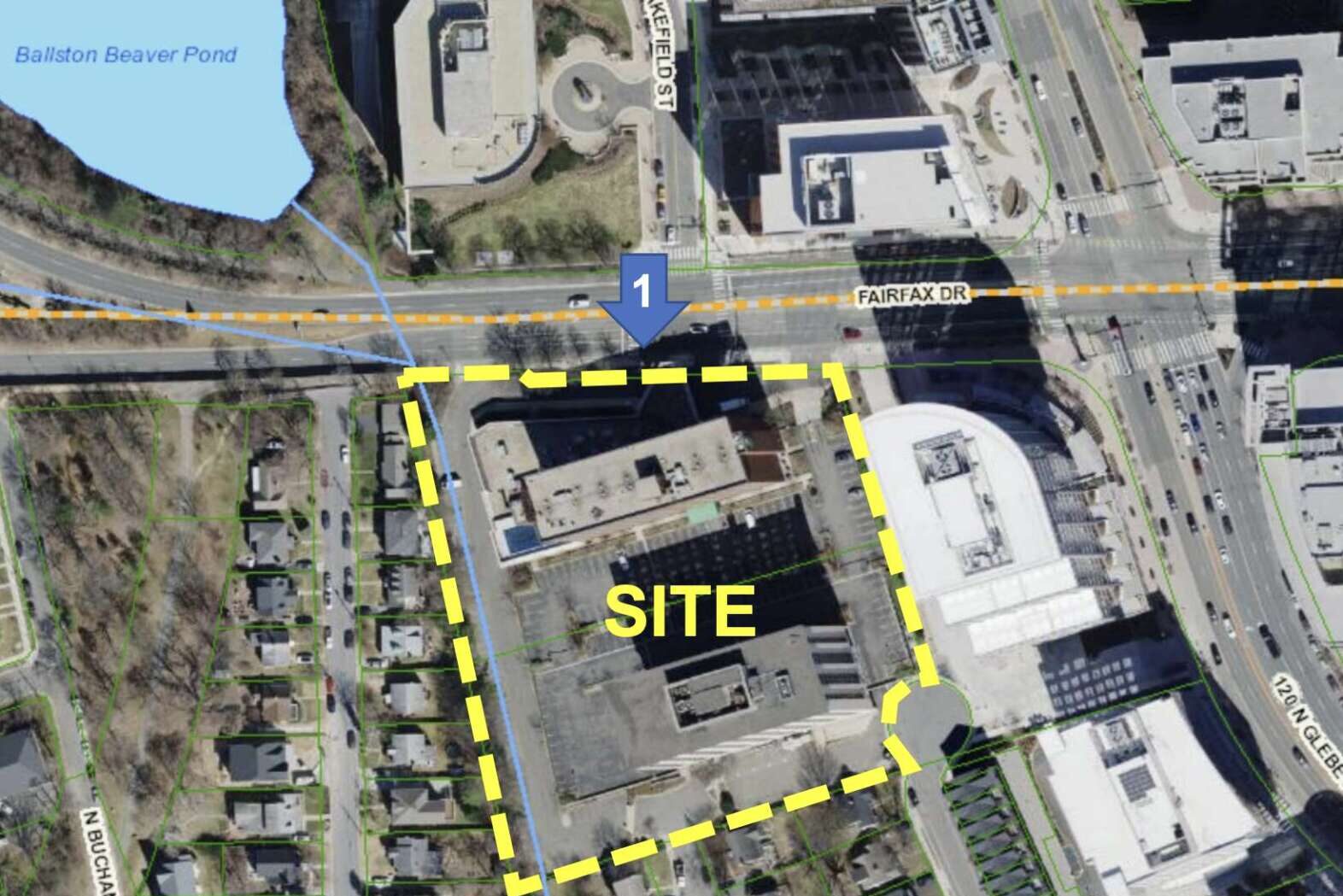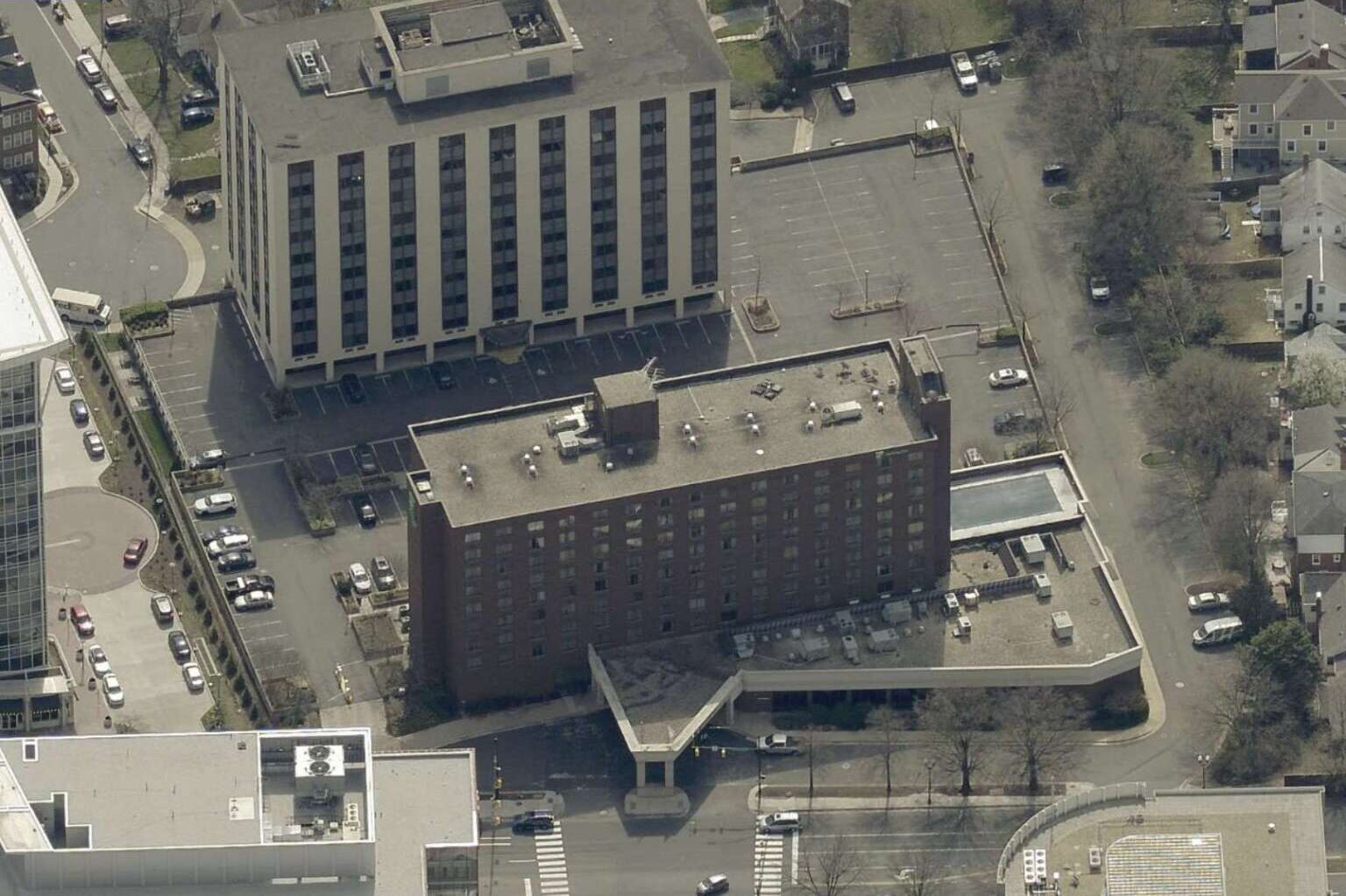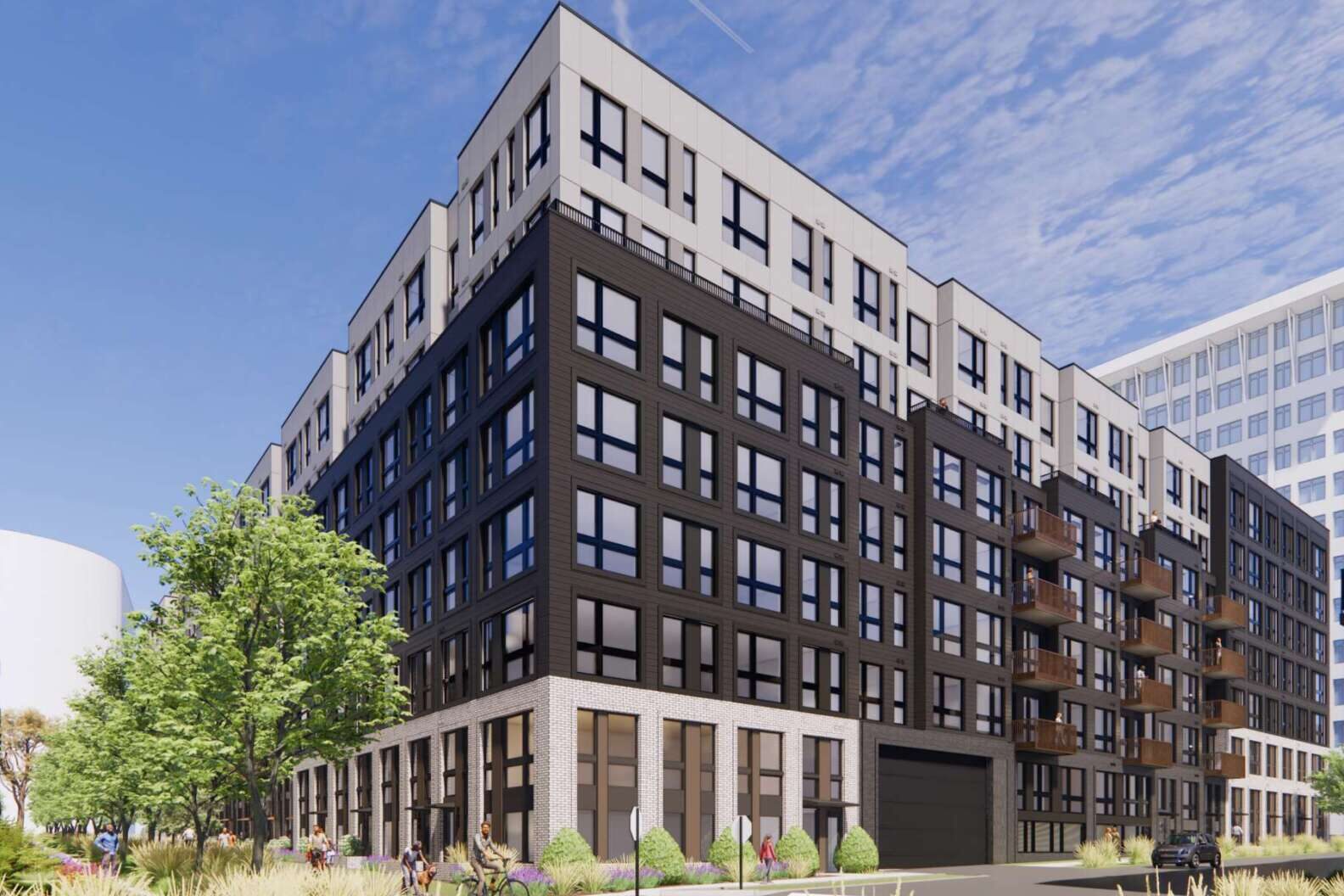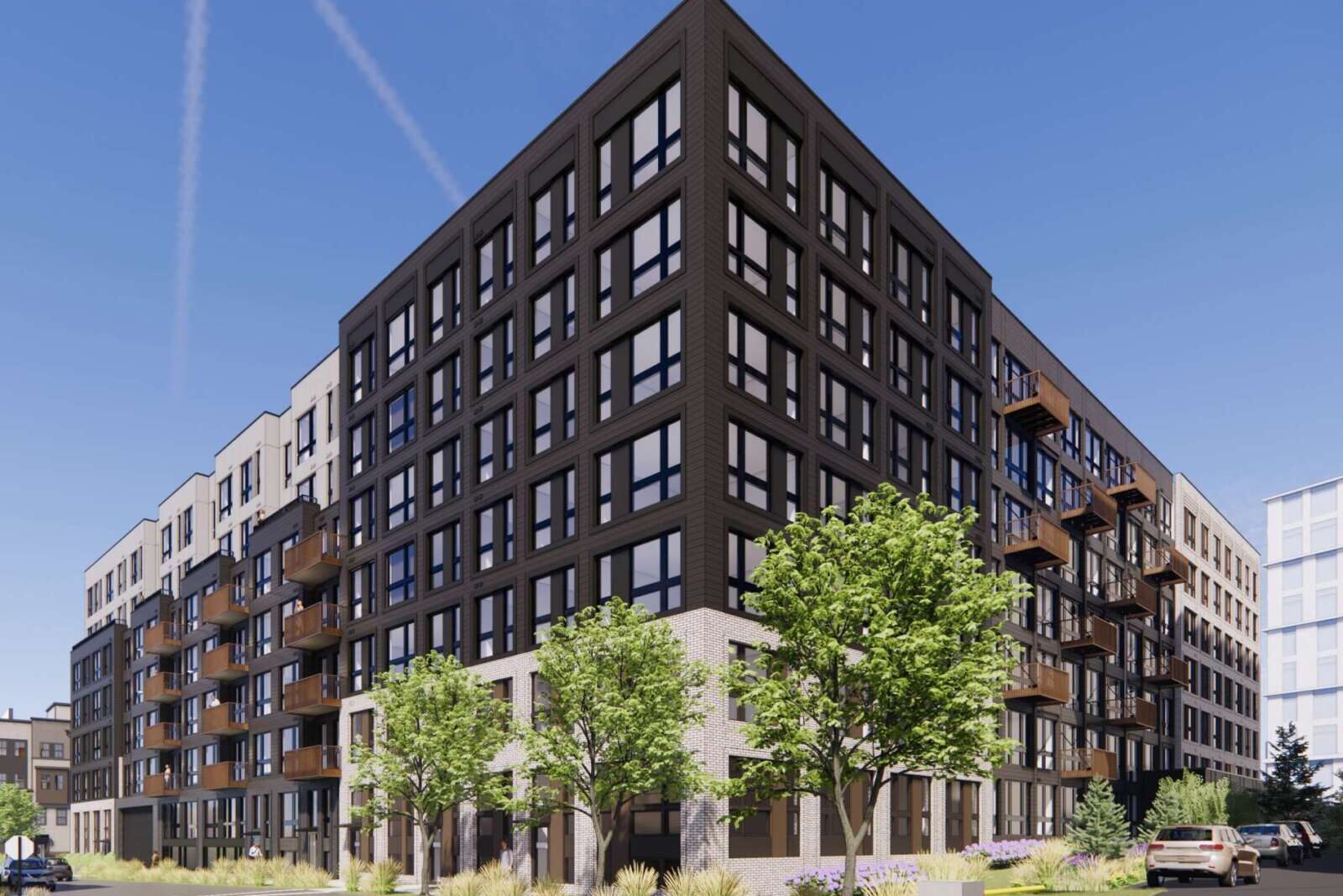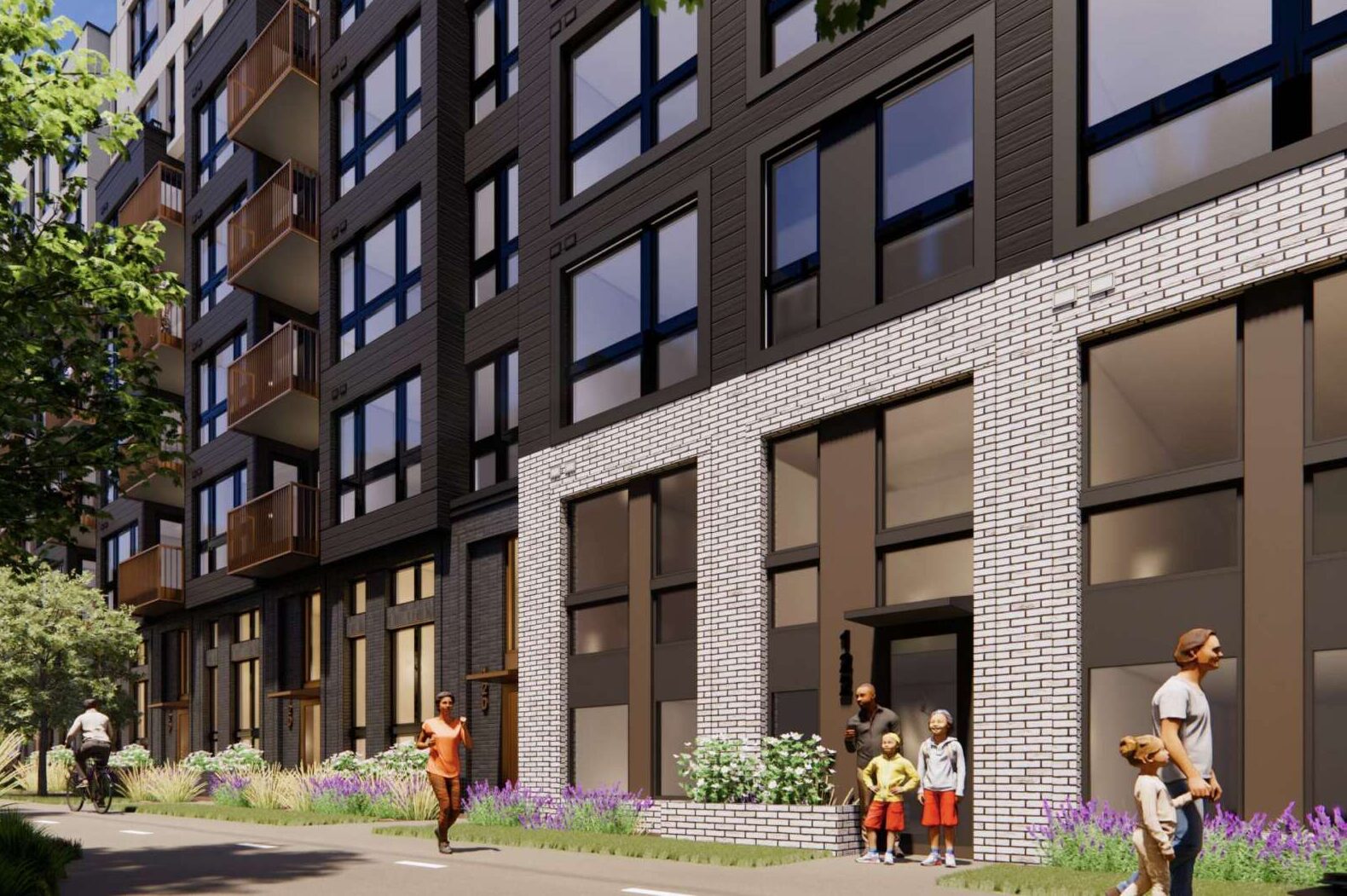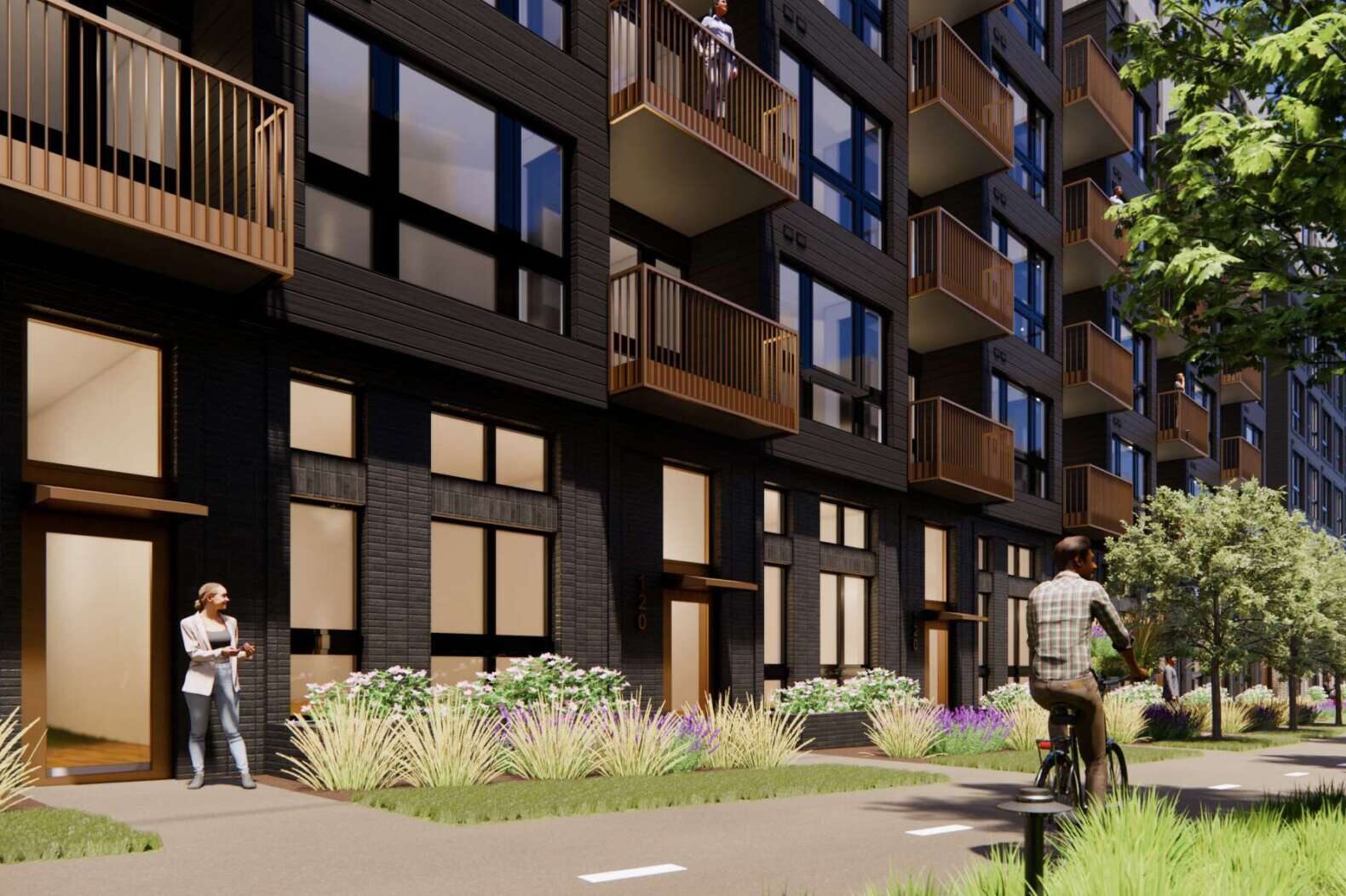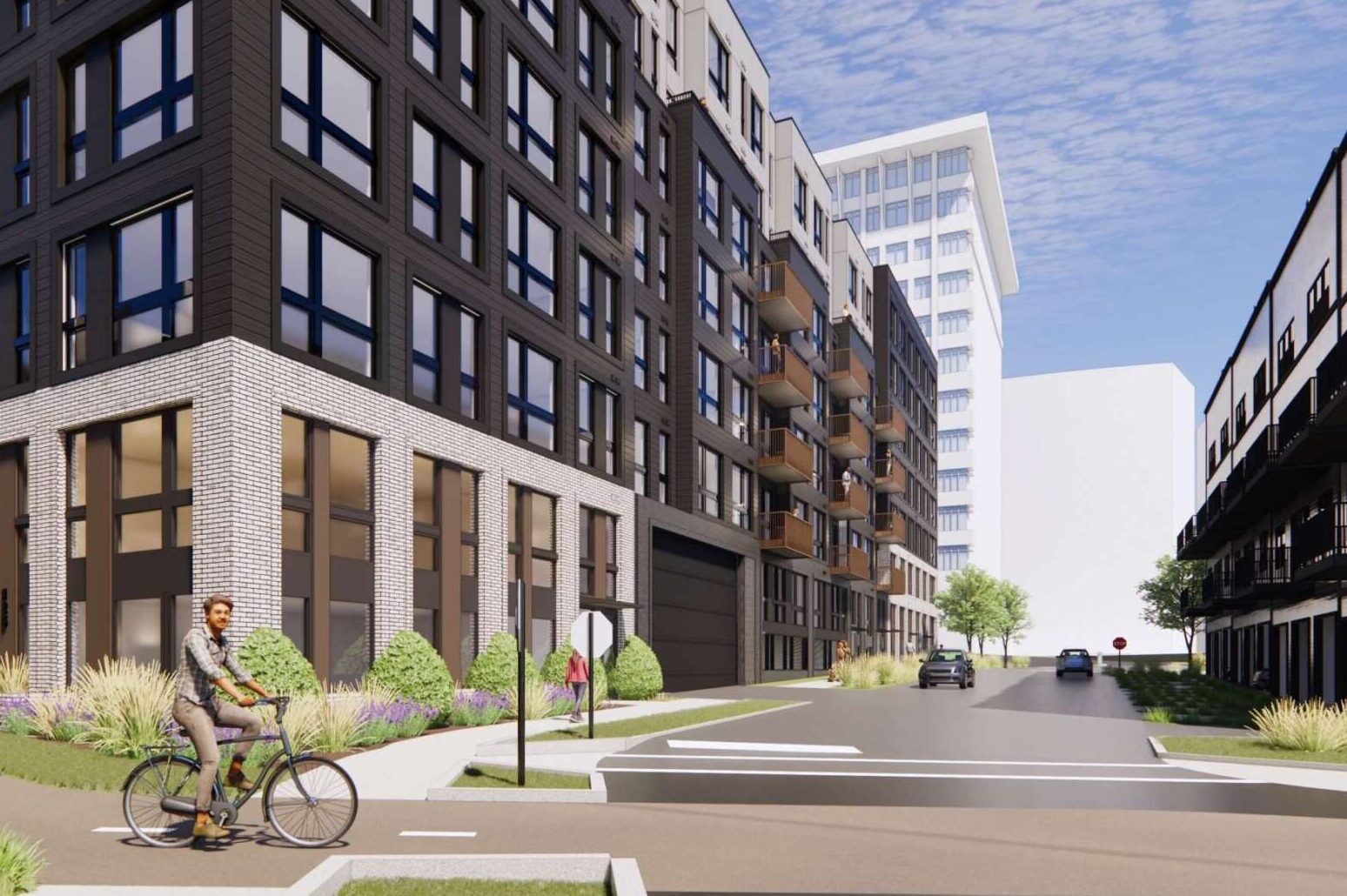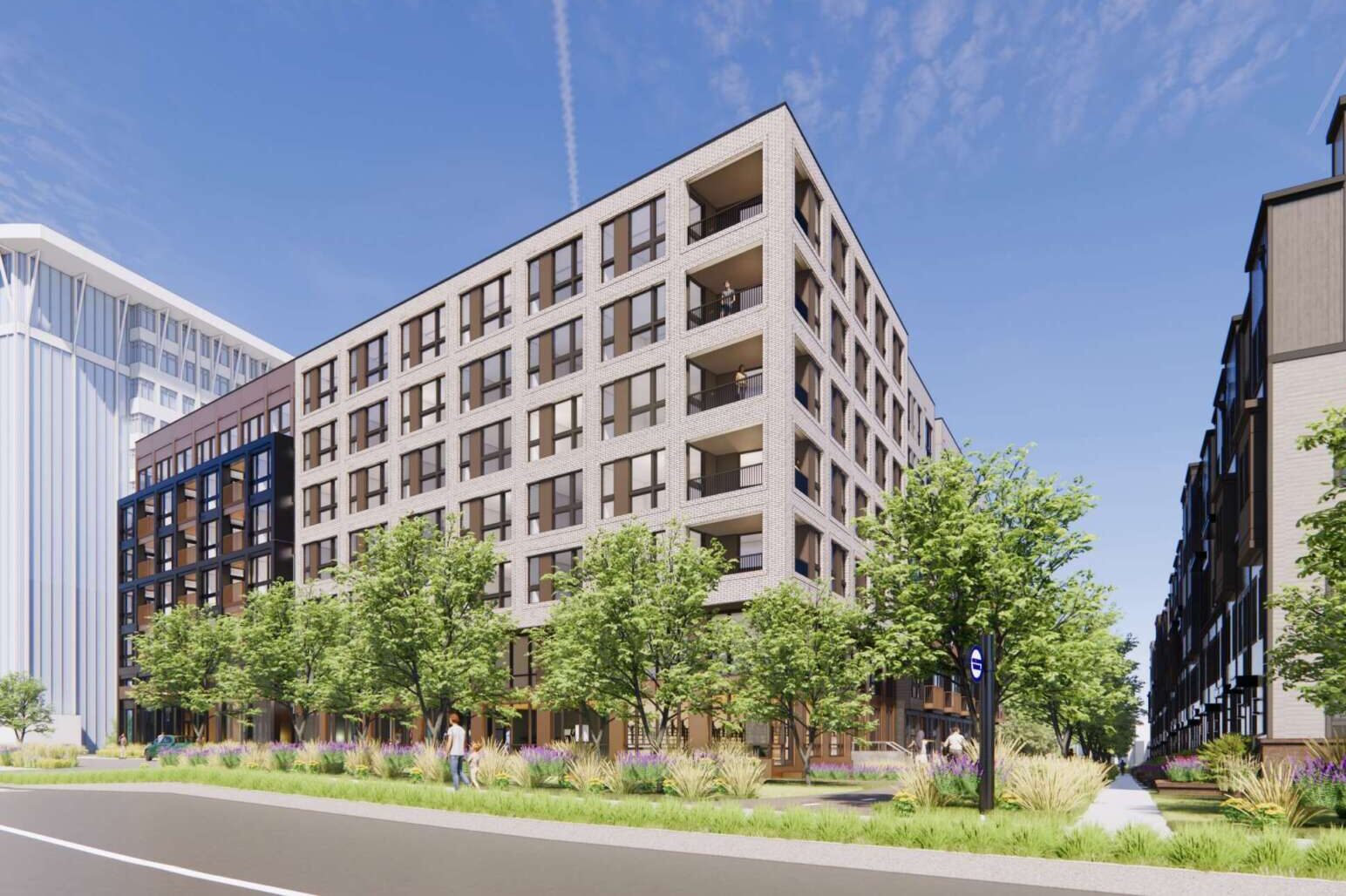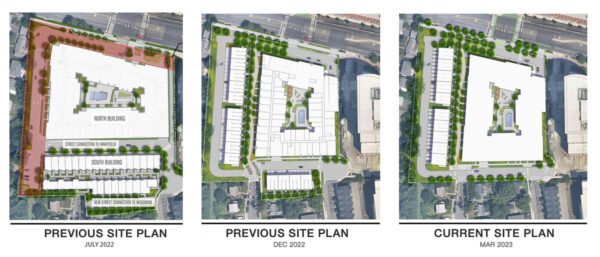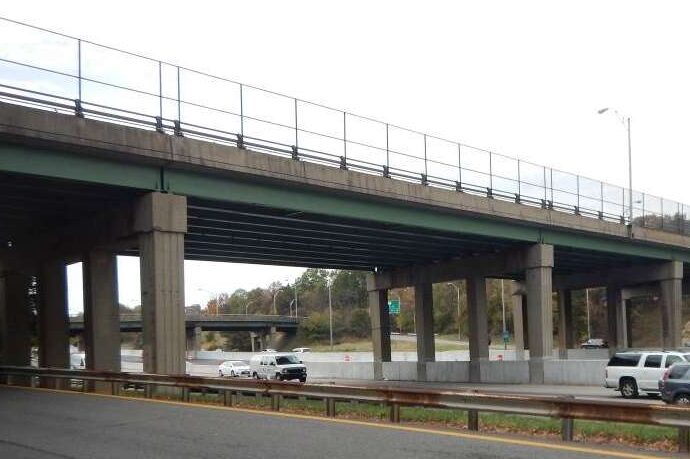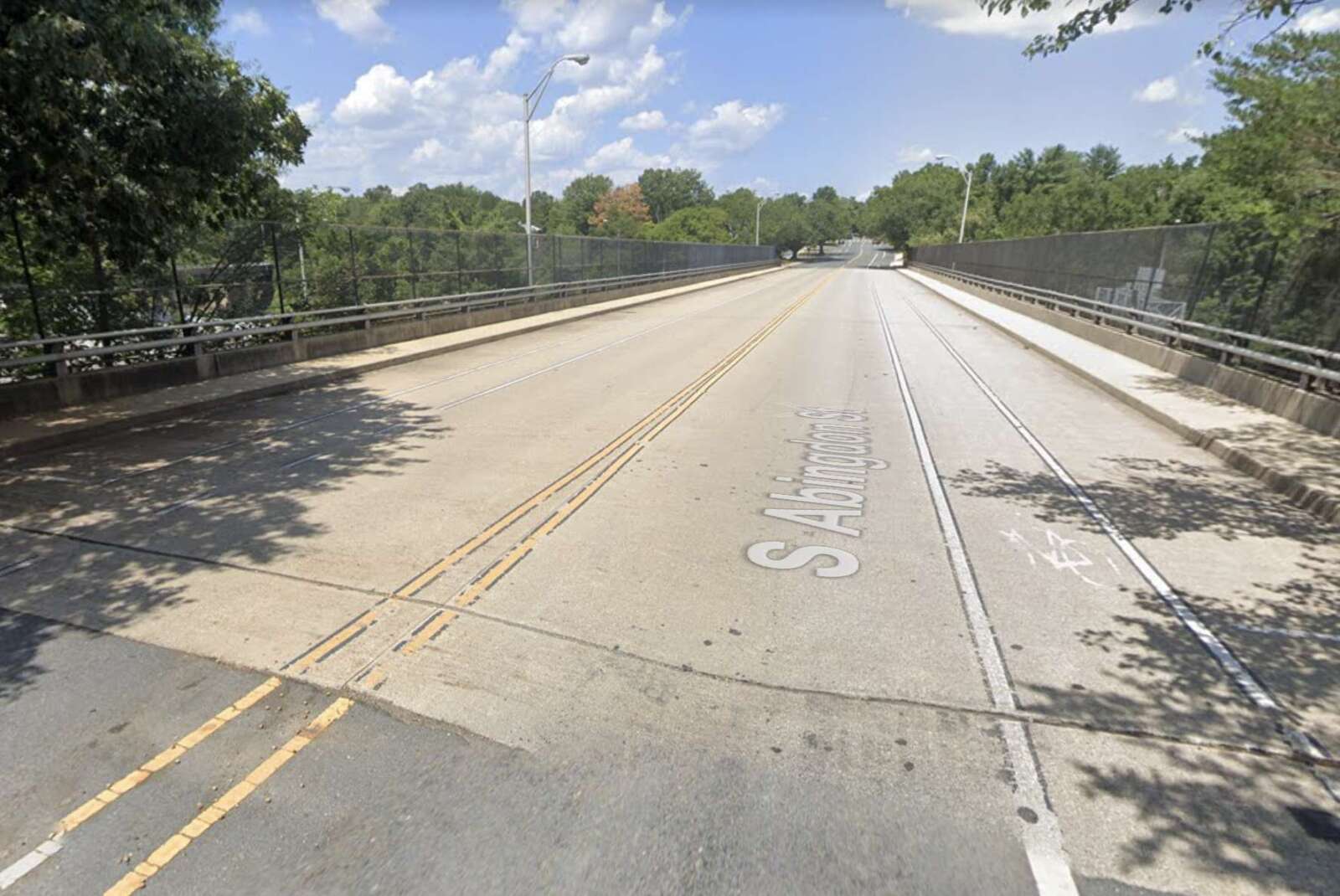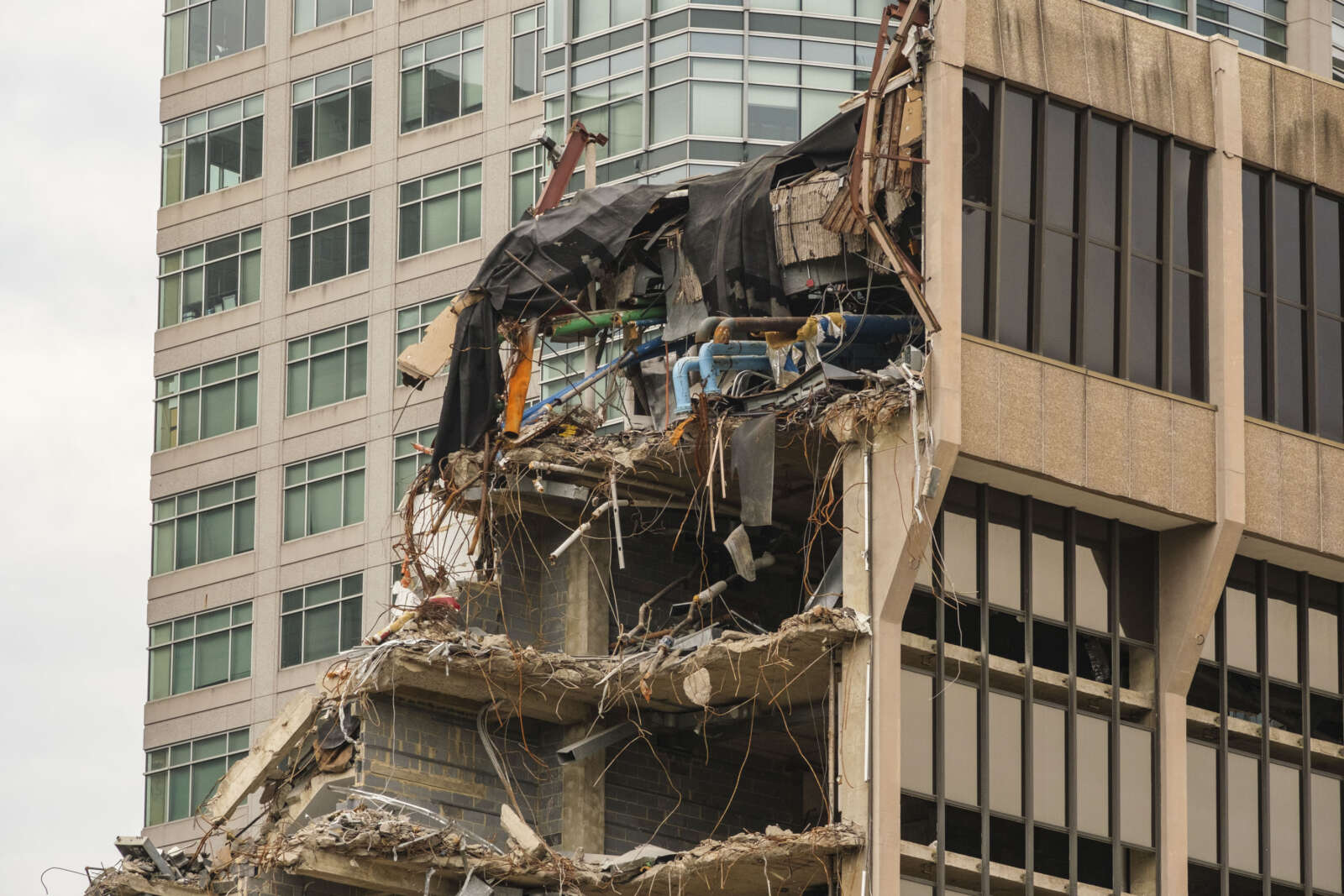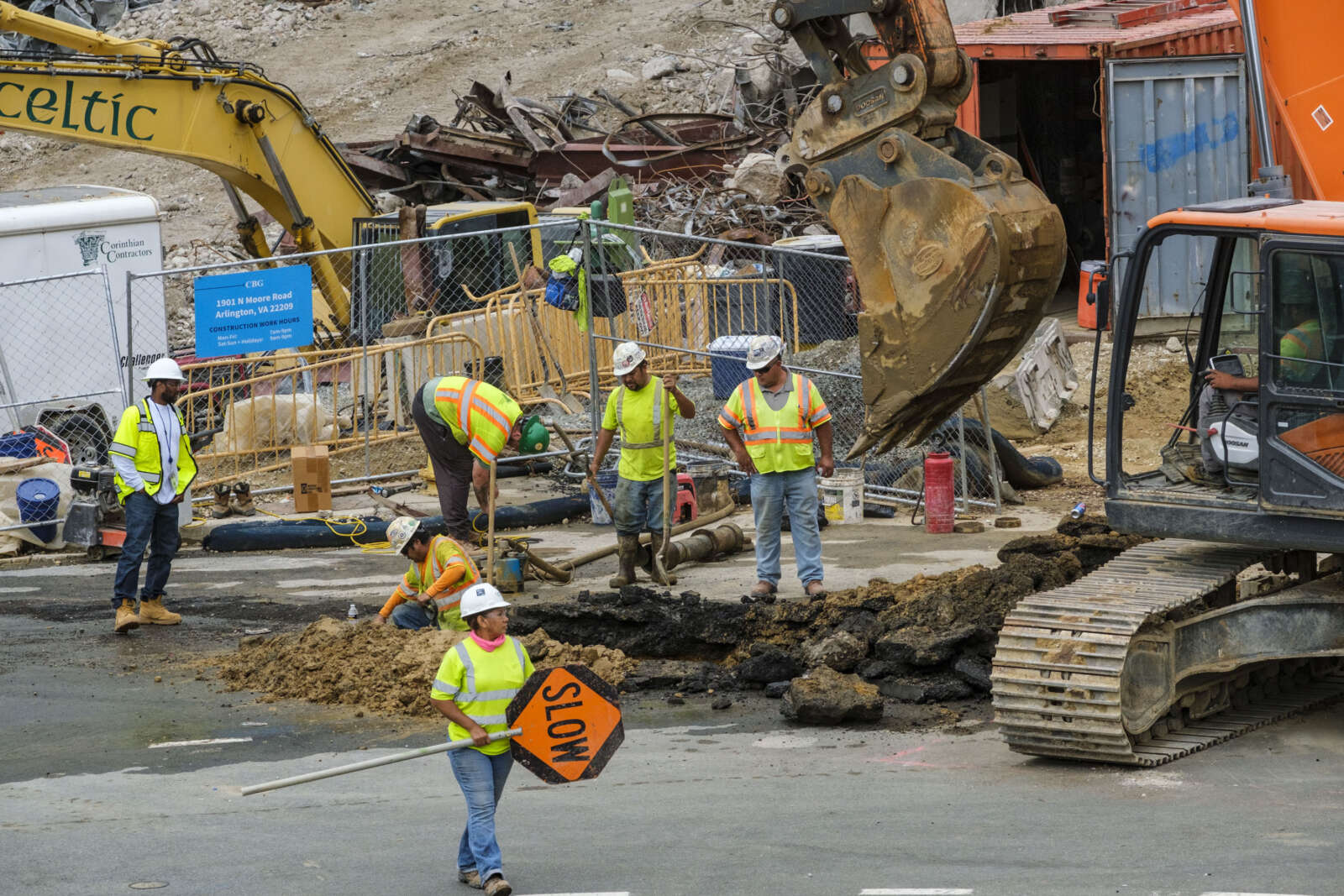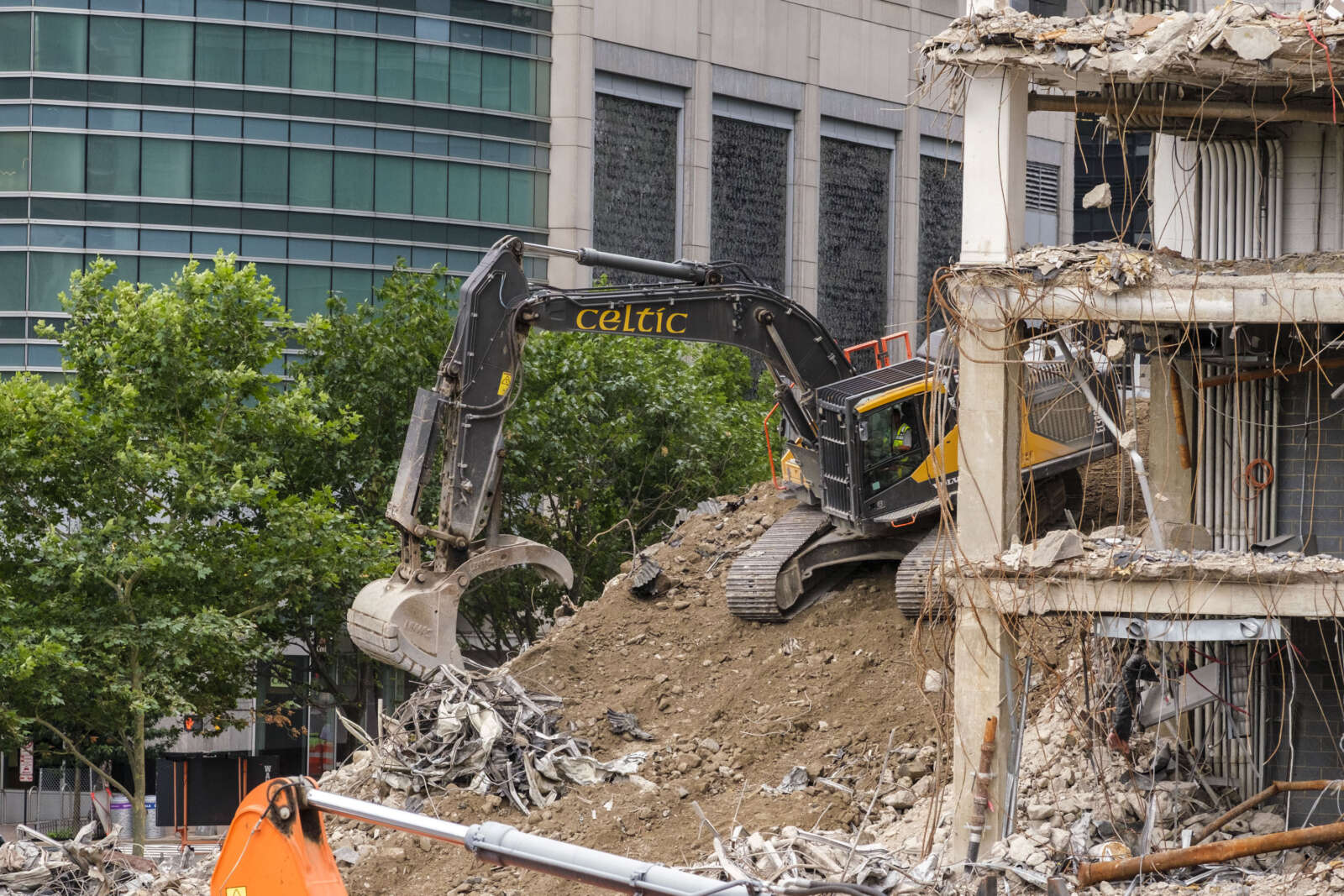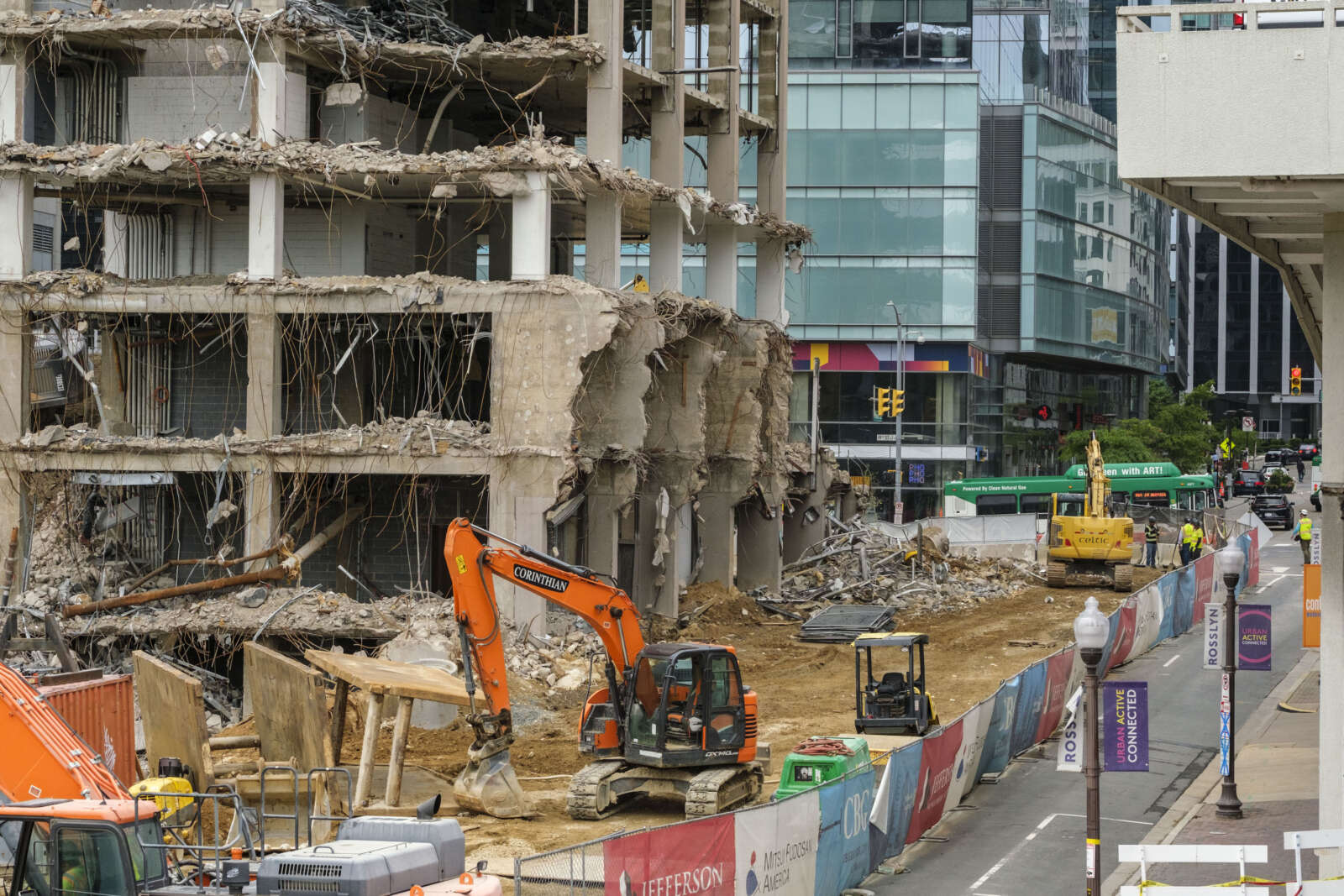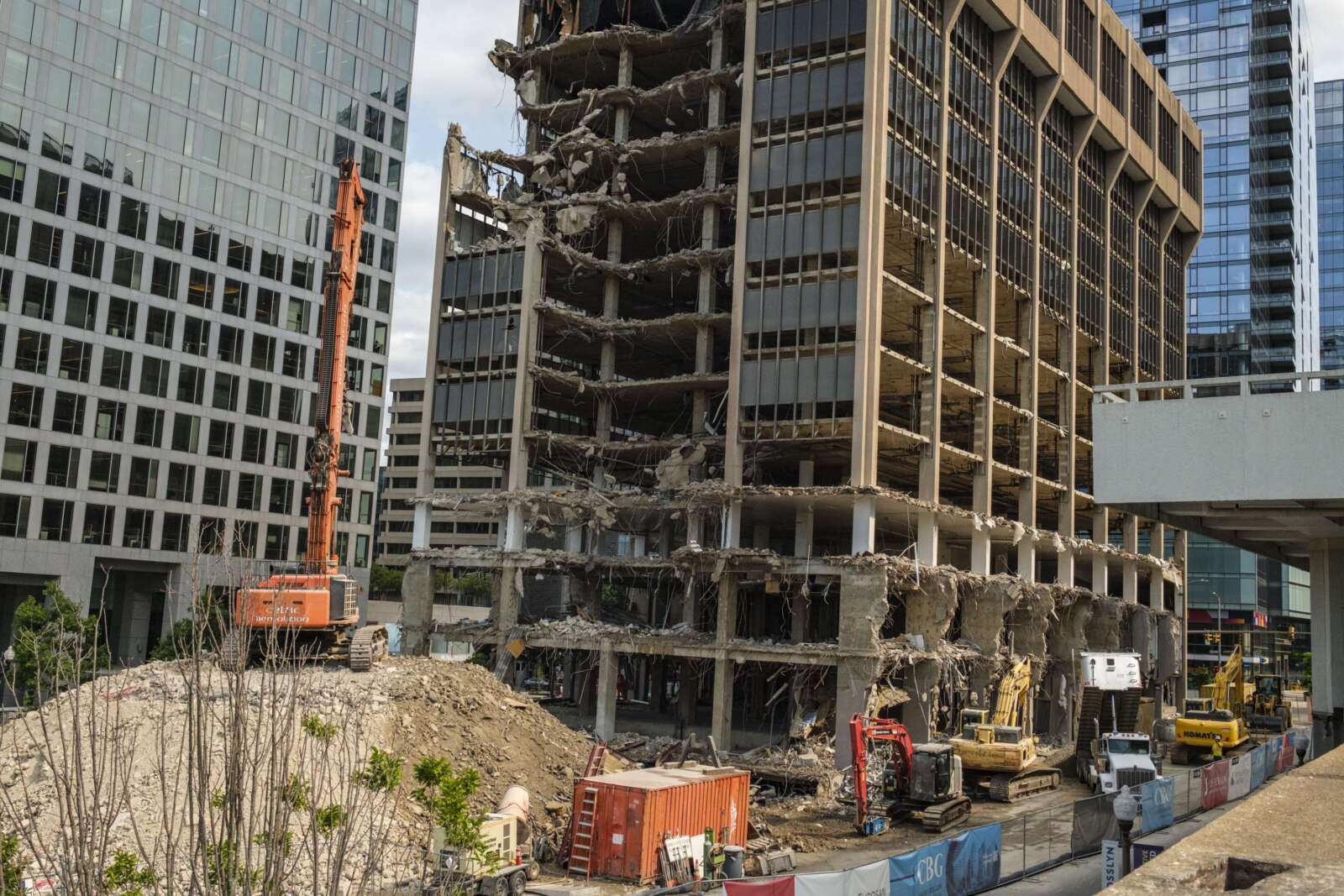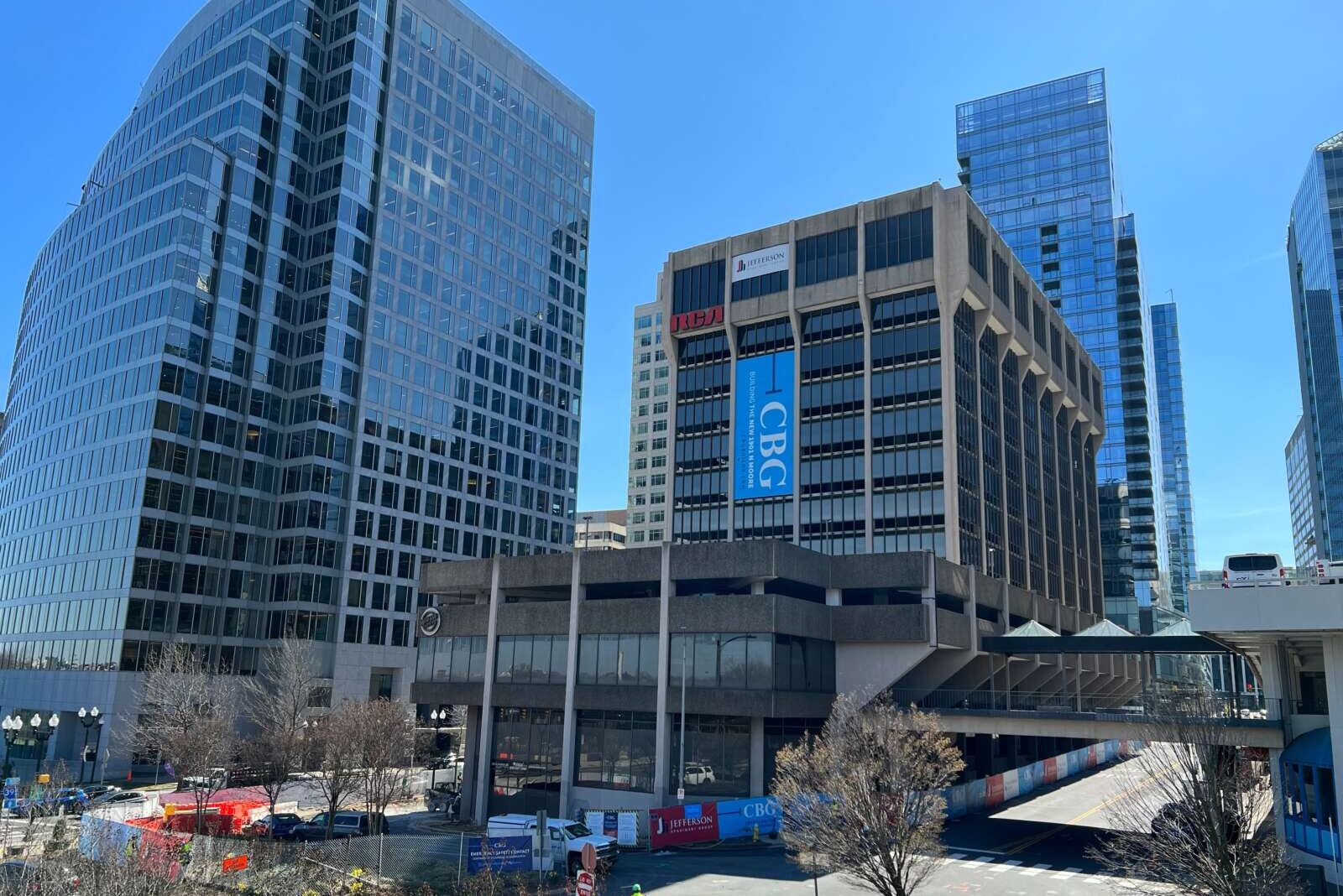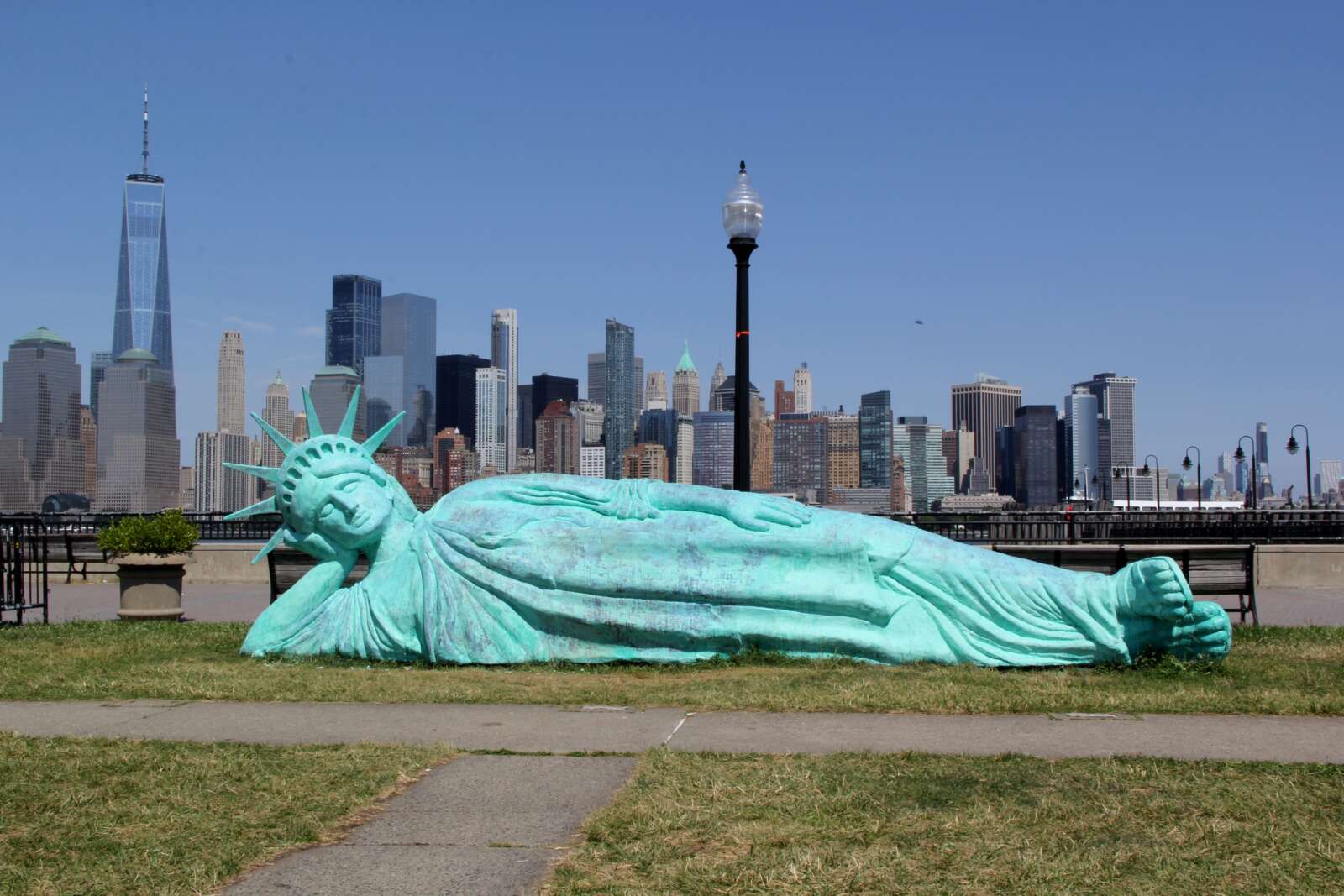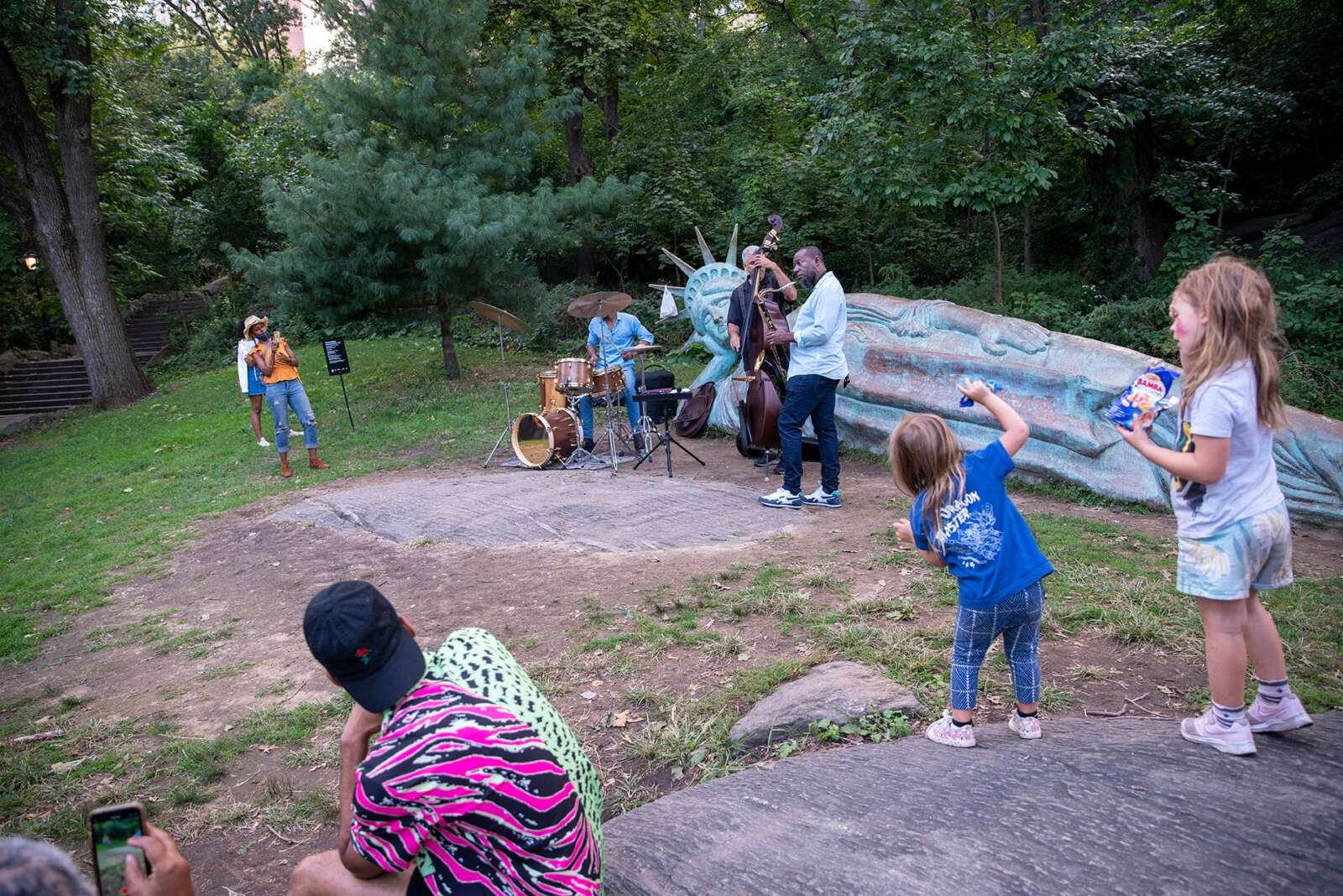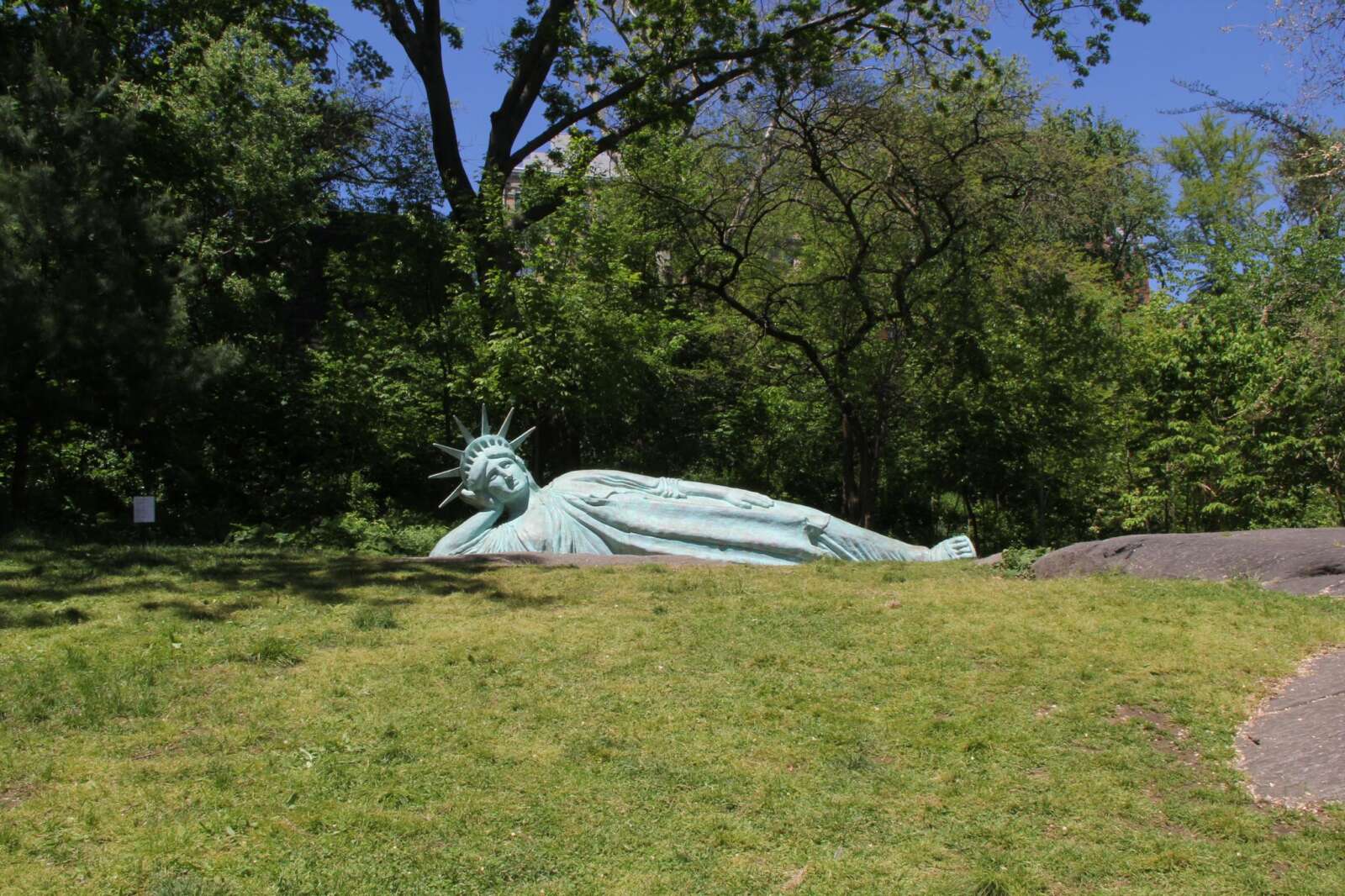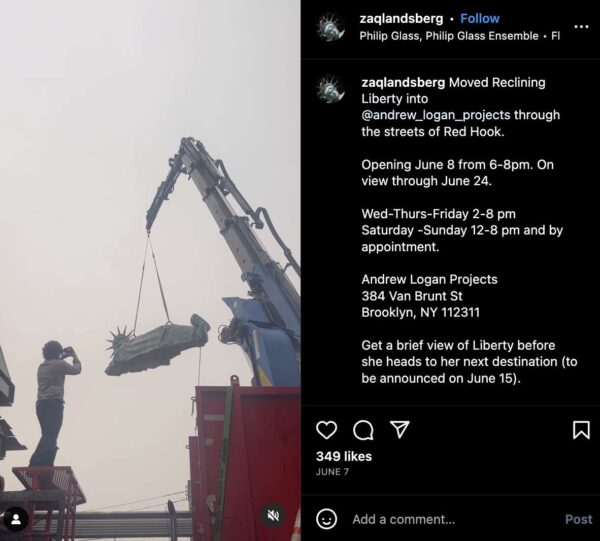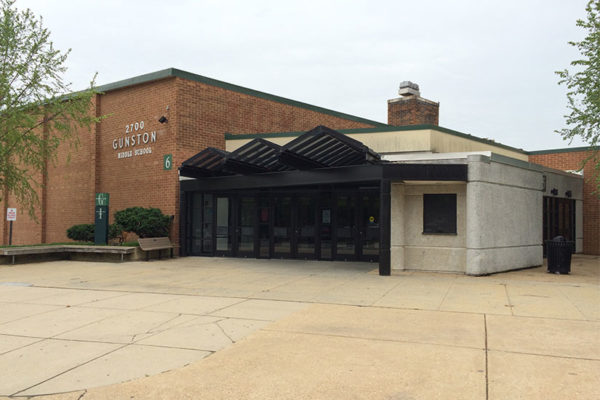
Arlington County and neighboring jurisdictions are taking over ownership of a complaint system for reporting noisy choppers.
That means residents can continue to report loud aircraft noise to the U.S. government as it works to lessen noise by raising helicopter altitudes and altering flight paths.
These changes, announced in April, respond to years of resident complaints to Rep. Don Beyer (D-Va.) Two years ago, he called on the federal government to study noise levels in the D.C. area and come up with recommendations.
One of these was the PlaneNoise, Inc. platform — consisting of an automated phone line, website and smartphone application — that the Federal Aviation Administration (FAA) set up last year to track issues.
The system collected data that informed plans from the FAA and the Helicopter Association International to fly helicopters on new, higher paths. When this plan was announced, local officials announced the pilot complaint system would become a permanent feature and municipal coffers would pay for it.
This weekend, the Arlington County Board is slated to approve a Memorandum of Understanding among Fairfax County and the cities of Alexandria and Falls Church about sharing the costs of the platform.
Through the agreement, Arlington would pay $15,052 to Fairfax County, matching what Fairfax and Alexandria are paying. Falls Church is contributing $1,500. This will maintain the system through April 30, 2024.
During an April press conference, Arlington County Board Vice-Chair Libby Garvey said the county is “very pleased” the helicopter noise complaint platform would become a permanent feature.
“We are especially pleased that our residents could participate meaningfully in this process, and now will continue to,” she said. “In a democracy, it is crucial that people have a voice in how their government affects them.”


